Material
The material used for chain rings greatly affects their performance, durability, and weight. Generally, chain rings are made from aluminum, steel, or titanium.
Aluminum chain rings are lightweight, corrosion-resistant, and offer excellent stiffness for improved power transfer. An excellent example of high-quality aluminum chain rings is the Shimano Dura Ace 9000 series, known for their exceptional strength-to-weight ratio and precision engineering.
On the other hand, steel chain rings are renowned for their durability and ability to withstand high torque. They are typically found in lower-end or budget-friendly options such as the SRAM Rival 22 chain rings, which are made from hard-wearing steel to withstand wear and tear.
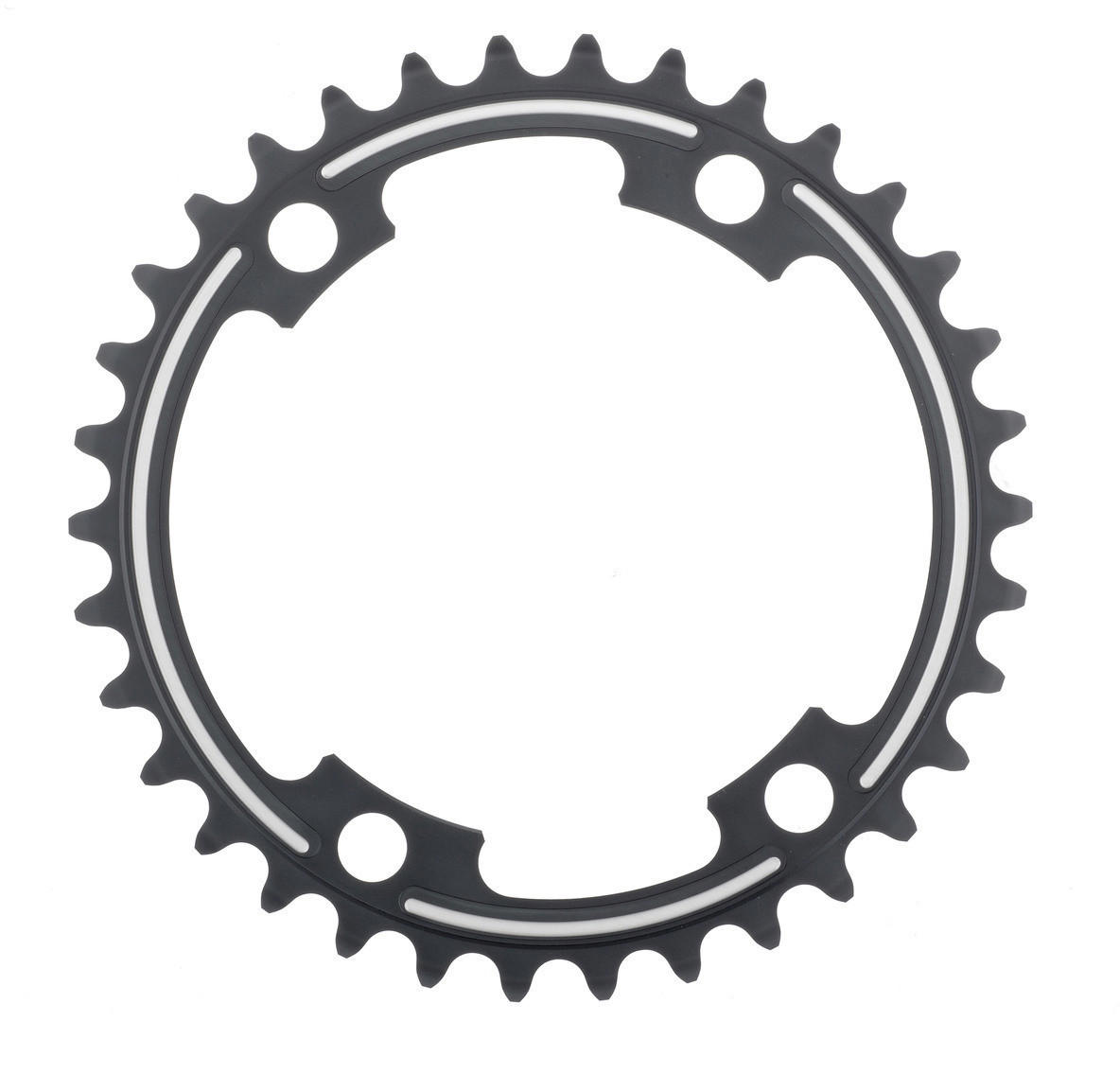
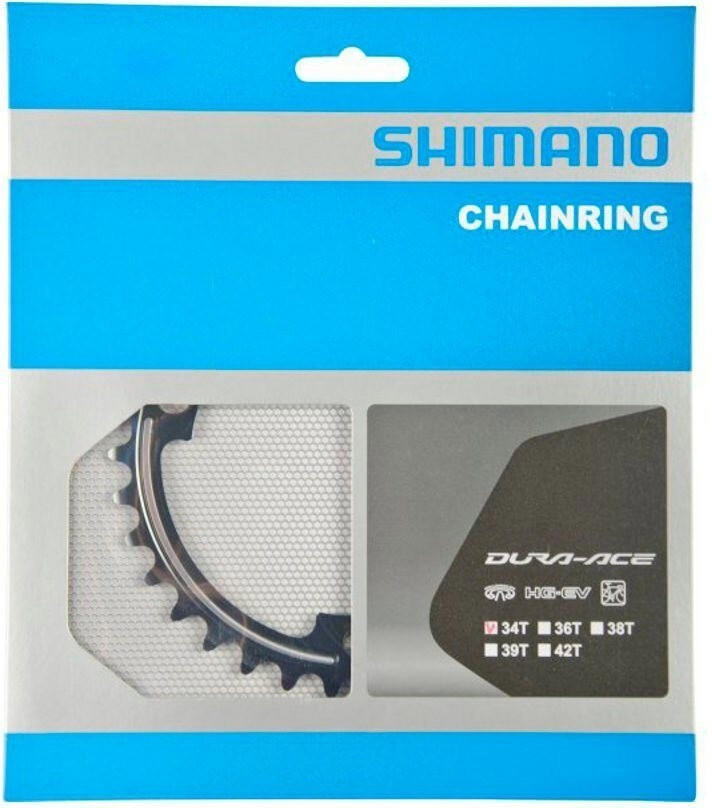
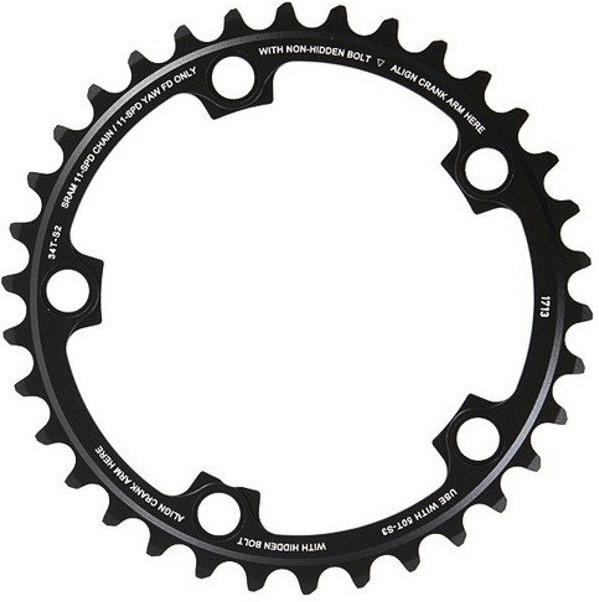
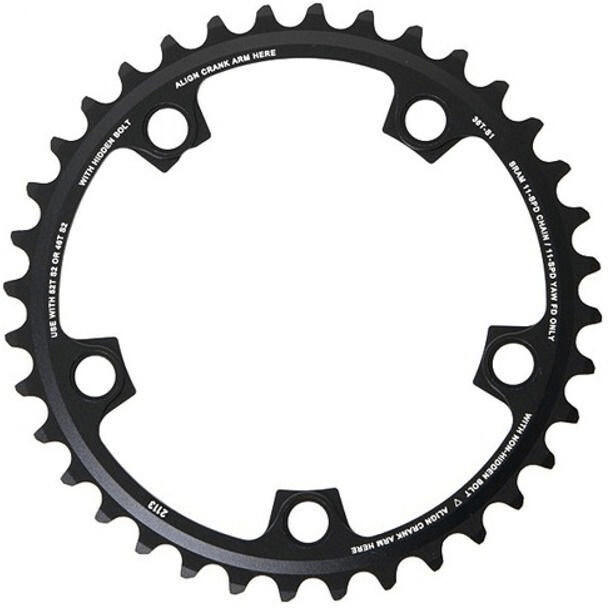
Lastly, titanium chain rings lie on the higher end of the price spectrum but offer exceptional strength, corrosion resistance, and lighter weight than steel rings. They are commonly used by professional riders seeking high performance, such as the Rotor Qarbon Aero 52 titanium chain ring which boasts an optimized balance between weight, rigidity, and aero efficiency. Overall, your choice of material for chain rings depends on your specific needs, budget, and riding style.
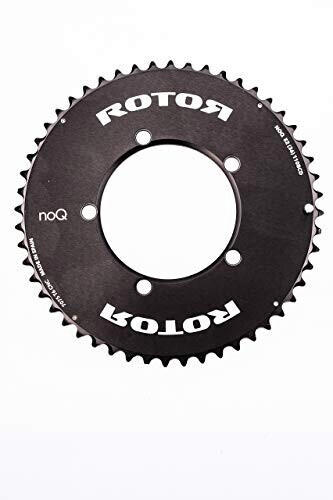
Size
Chain rings come in various sizes, commonly measured in teeth count. The size of the chain ring determines the gear ratio, which directly affects your pedaling cadence and overall effort required. Smaller chain rings with fewer teeth provide an easier or 'granny' gear option, suitable for climbing steep hills or maintaining a smooth cadence on rough terrain. On the other hand, larger chain rings with more teeth offer a higher gear ratio, ideal for flat roads or descending at high speeds.
Some options on the market include the Shimano 105 FC-R7000 chain ring, available in sizes ranging from 34 to 55 teeth. This groupset is popular amongst road cycling enthusiasts and offers precise shifting and excellent durability for various riding conditions. For mountain biking, the Race Face Narrow Wide Single Chain Ring is a versatile choice, available in sizes from 30 to 40 teeth. Its narrow-wide tooth profile enhances chain retention and reduces the chance of dropping a chain while riding through technical terrain. These examples represent a range of sizes suitable for different riding disciplines and preferences, allowing riders to optimize their setup based on their specific needs.
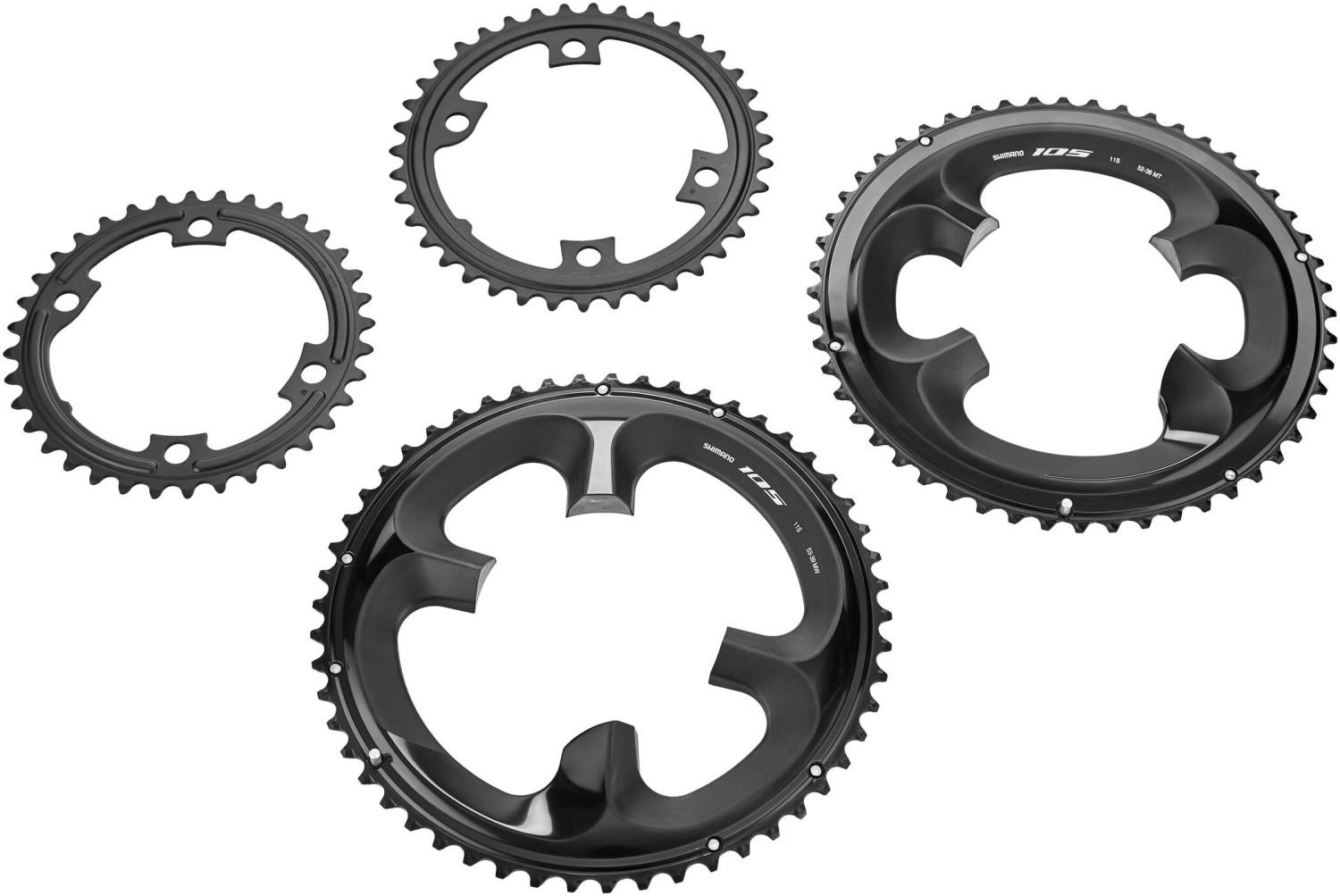
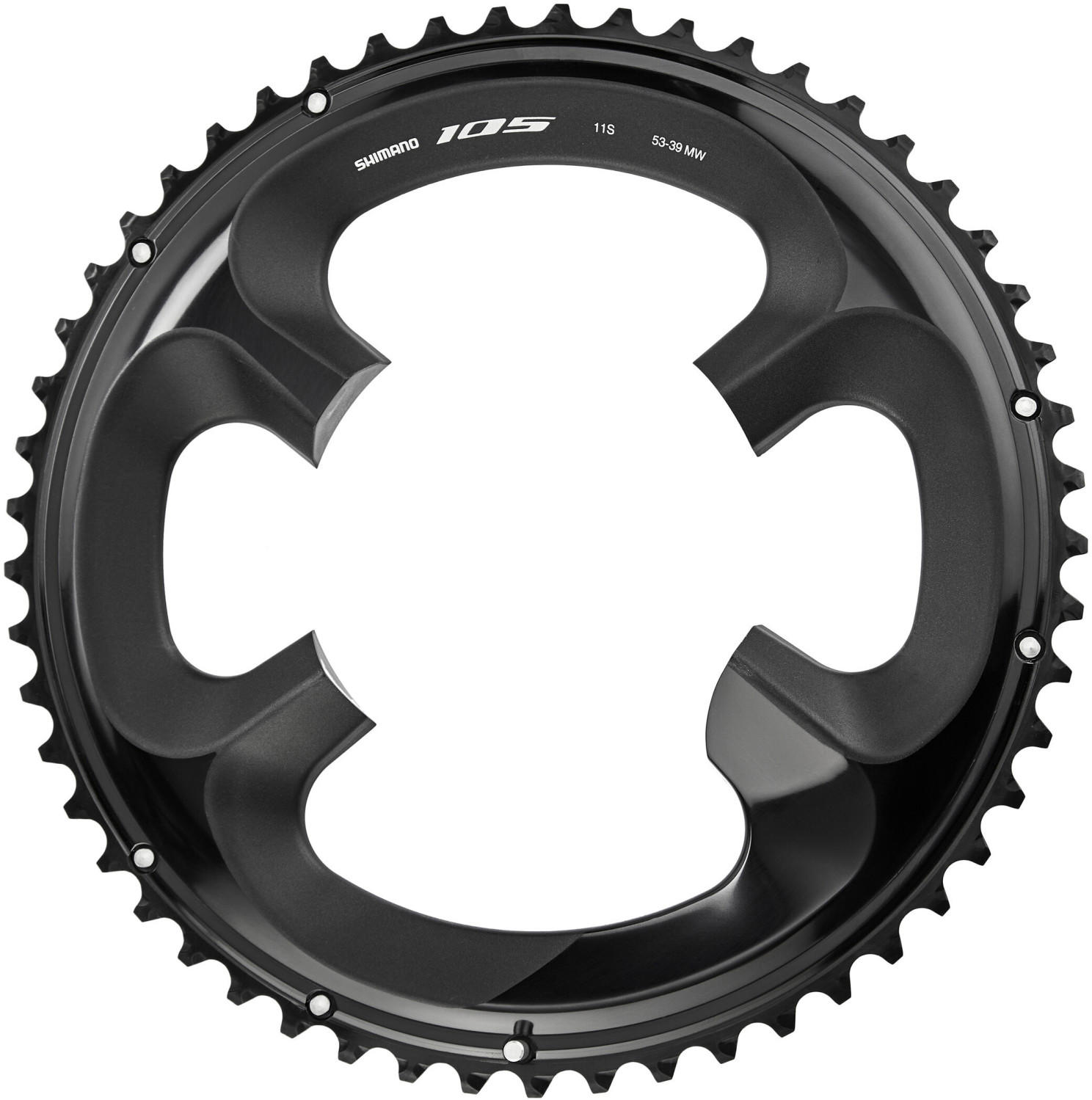


Weight
Lighter chain rings not only reduce the overall weight of your bike, but they also enhance your power transfer and responsiveness. One popular option in the lightweight segment is the Shimano Dura-Ace FC-R9100 Chainring, which is made from high-quality aluminum that ensures maximum strength and durability while keeping the weight to a minimum. Another excellent choice is the SRAM Red X-Glide 11-Speed Chainring, constructed using a combination of aluminum and carbon fiber for an optimal strength-to-weight ratio. Both of these chain rings offer a range of gearing options and are designed to provide an efficient and lightweight performance that meets the demands of competitive cyclists and enthusiasts alike.
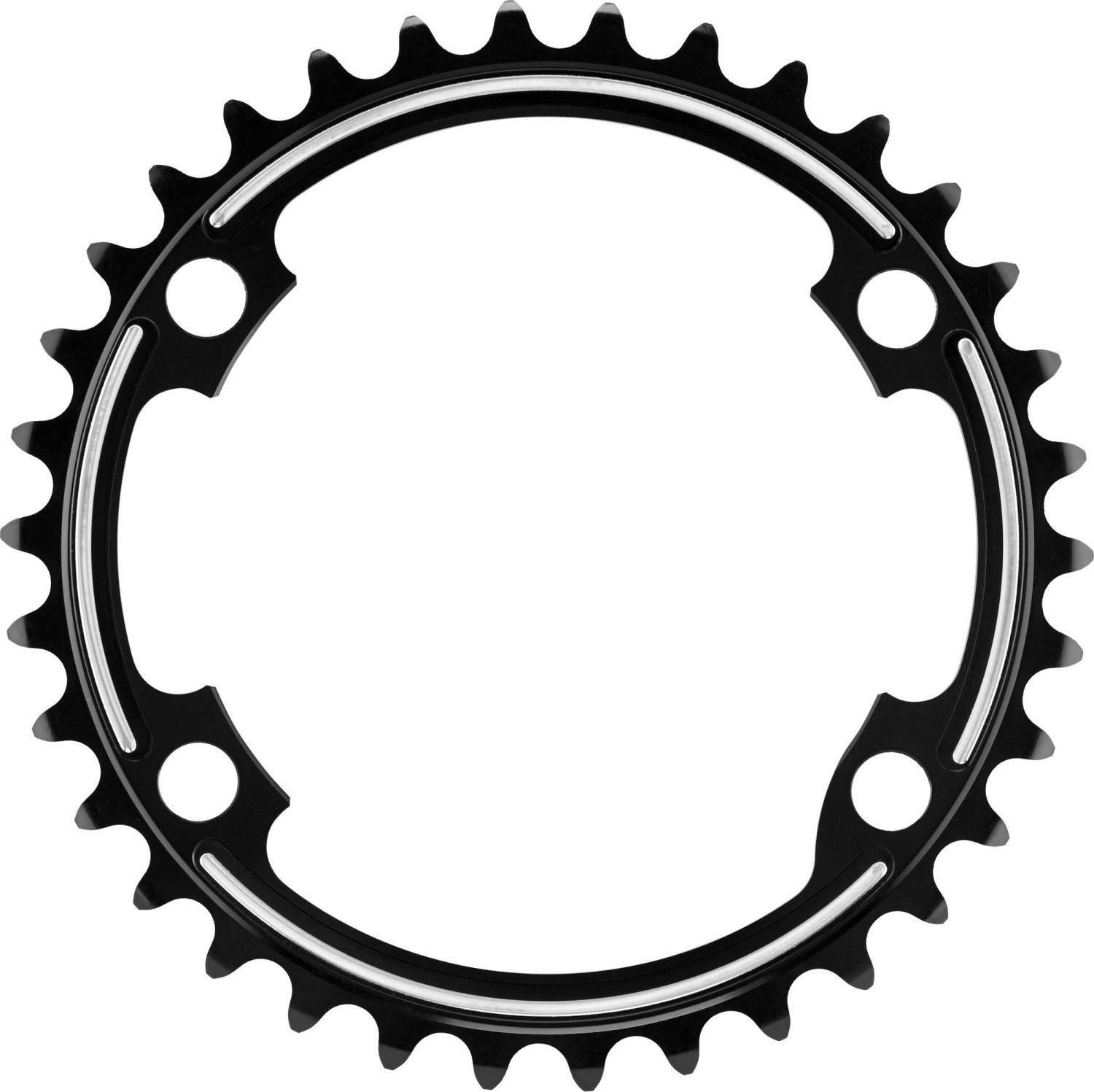
Number of teeth
The number of teeth on a chain ring affects the gear ratio and determines the difficulty or ease of pedaling. In general, chain rings with fewer teeth will provide a greater mechanical advantage and easier pedaling, while chain rings with more teeth will result in a higher gear ratio and faster pedaling.
For road bikes, typical chain ring options include compact cranksets, which usually have 50/34 teeth, and standard cranksets, which typically come with 53/39 teeth. A popular example of a compact chain ring set is the Shimano 105 FC-R7000. For mountain bikes, chain ring options can vary depending on the riding style and terrain. Common options for mountain bikes might be a single chain ring with around 30-34 teeth, or a double chain ring with 22/32 teeth. A popular example of a single chain ring option is the SRAM XX1 Eagle DUB. Remember to consider your riding style and terrain when choosing the number of teeth on your chain rings.


Bolt pattern
The bolt pattern refers to the number and spacing of the bolts that attach the chain ring to the crank arm. Two common bolt patterns for chain rings are the 4-bolt and 5-bolt patterns. The 4-bolt pattern typically features evenly spaced bolts, while the 5-bolt pattern often has one smaller bolt spaced between the larger bolts.
Numerous chain ring options are available on the market based on bolt patterns. For example, the Shimano Dura-Ace FC-R9100 crankset features a 4-bolt pattern with adjustable bolt position, providing versatility and precision. Alternatively, the SRAM Red 22 Yaw X-Glide chain ring utilizes a 5-bolt pattern and is designed for improved shifting performance. Another notable option is the FSA SL-K Light ABS BB386EVO DB, which uses a 4-bolt pattern and is equipped with a unique Direct Mount system for increased stiffness and aerodynamics.

BCD (Bolt Circle Diameter)
The BCD refers to the measurement of the space between the bolt holes on your crankset. This measurement determines which chainrings will fit your specific bike's crankset.
For example, if your bike has a BCD of 110mm, you will need to choose chainrings specifically designed for that BCD. Some popular options for 110mm BCD include the Shimano Ultegra R8000 11-Speed Chainring and the SRAM Red AXS 12-Speed Chainring. These chainrings are designed with the correct BCD measurement to ensure they fit properly and optimize your bike's performance.




Chainring compatibility (number of gears)
Chain rings come in different sizes to match the specific number of gears on your bike.
For example, if you have a 10-speed drivetrain, look for chain rings that are specifically designed for 10-speed systems. One popular option is the Shimano Ultegra FC-R8000 Crankset, which is compatible with 10-speed drivetrains. It features a variety of chain ring combinations, such as 50-34T, 52-36T, and 53-39T, allowing riders to choose the ideal setup for their needs within a 10-speed system.
If you have an 11-speed drivetrain, you may consider options like the SRAM Force22 Crankset. This particular crankset offers chain ring combinations of 50-34T, 52-36T, and 53-39T, catering to the needs of 11-speed drivetrains.




It's important to ensure that the chain rings you choose are compatible with the specific number of gears you have on your bike, as using the wrong gear combination can affect shifting performance and power transfer.
Color options
Many cyclists prefer to match the colors of their components for a cohesive and stylish look. Available in various shades and finishes, chain rings can add a pop of personality to your ride. For those looking for durability and a range of color choices, the Race Face Narrow Wide Chainring is an excellent option. It comes in vibrant colors such as blue, red, green, and purple to suit different bike setups. Another notable choice would be the Wolf Tooth Components Drop-Stop Chainring, which comes in a range of colors and finishes, including red, blue, black, and rainbow. These options allow cyclists to tastefully customize their chain rings to their desired color preferences.
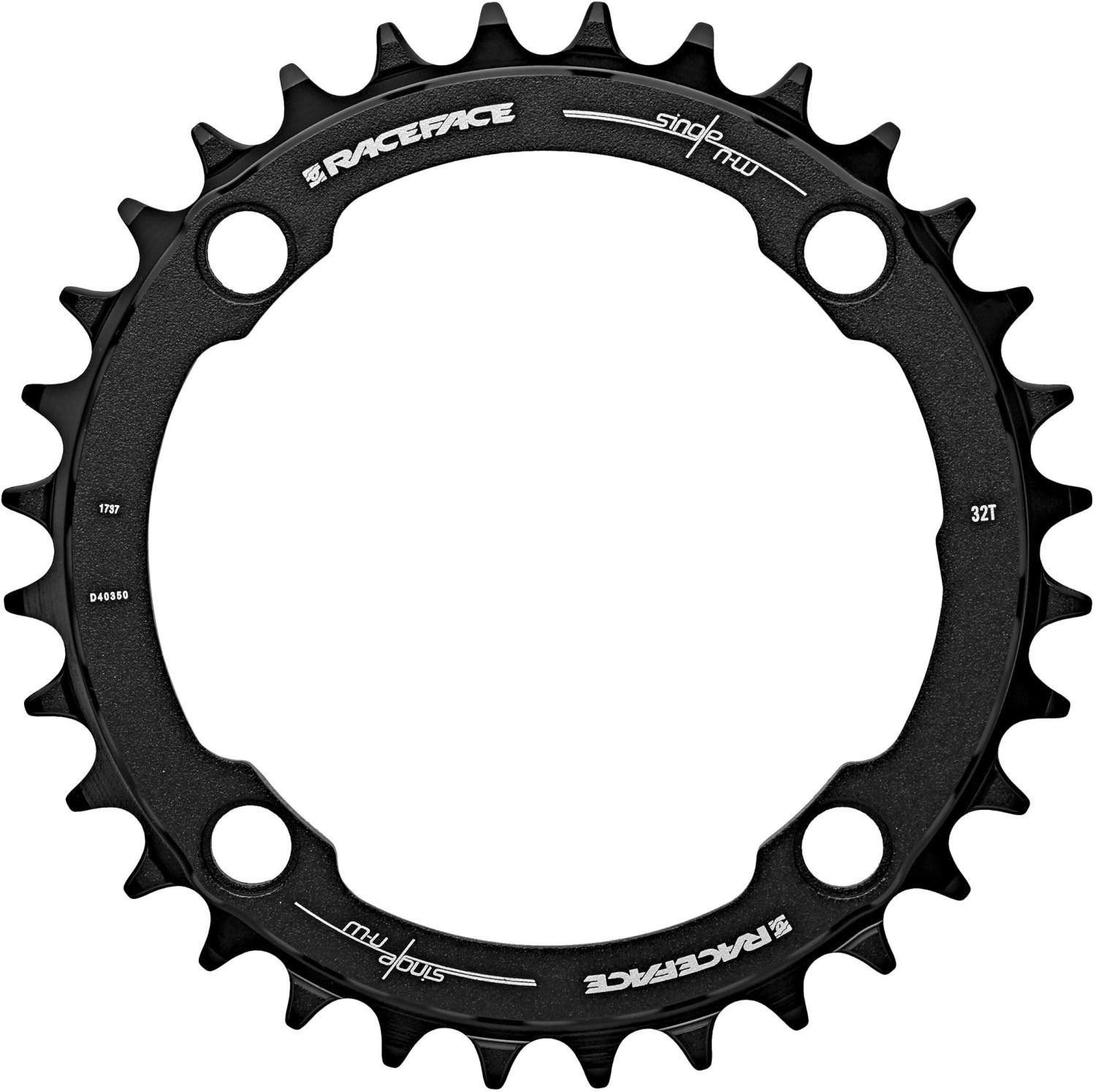
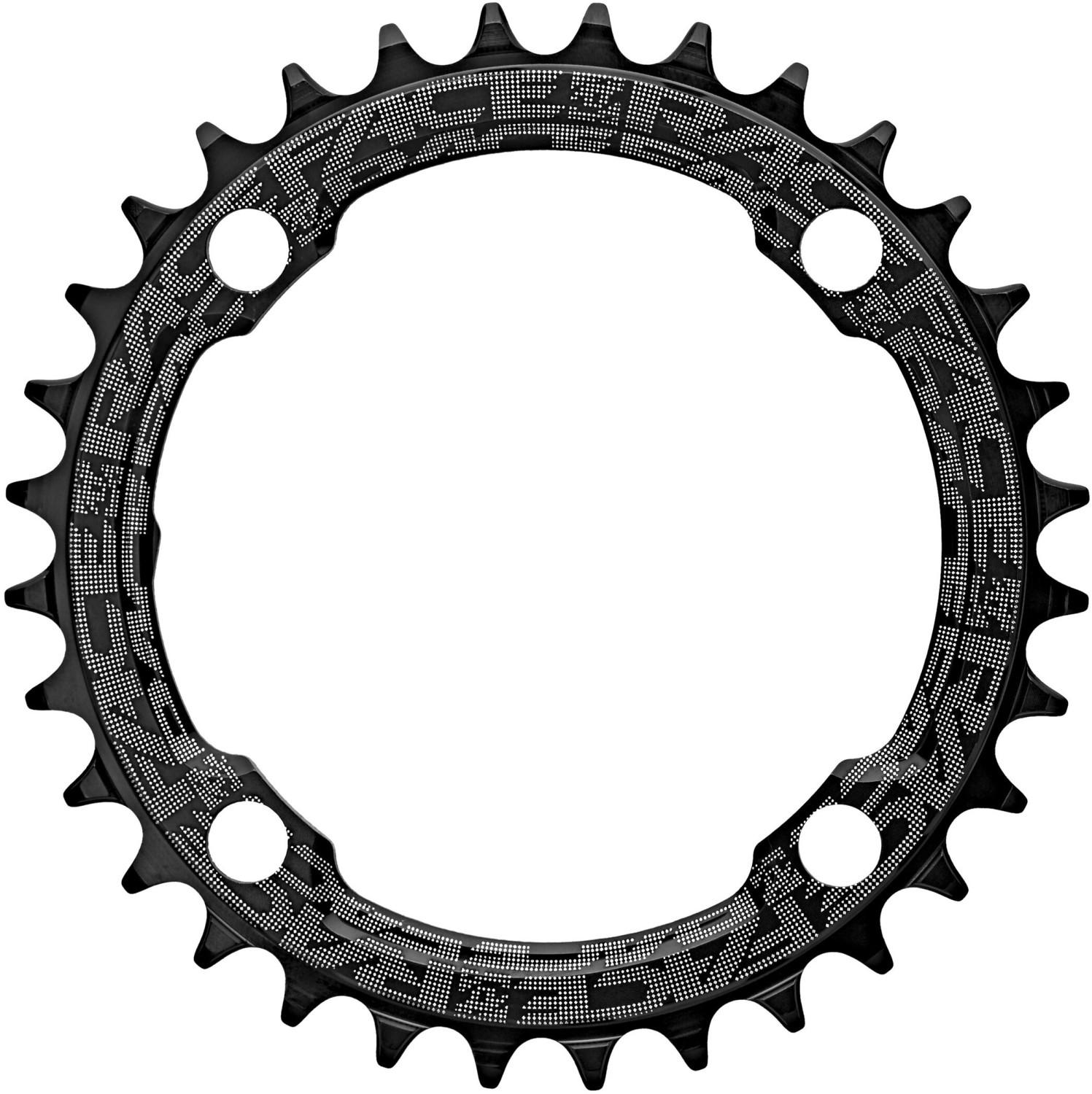

Chainring shape (round, oval, etc.)
Traditional chainrings are round, but oval chainrings have gained popularity in recent years due to their ability to improve pedaling efficiency. Oval chainrings, also known as elliptical or non-round chainrings, are designed with a non-circular shape that is said to provide a more efficient power transfer throughout each pedal stroke.
One example of an oval chainring is the Rotor Q-Rings Aero. These chainrings feature a unique oval shape with a varying tooth profile that optimizes power delivery by maximizing the muscular and mechanical power areas of your pedal stroke. These chainrings are designed for road cycling and provide enhanced acceleration and smooth power transfer.
Another option for oval chainrings is the AbsoluteBlack Oval MTB Chainring. These chainrings are specifically designed for off-road mountain biking and offer excellent traction and improved climbing abilities. The oval shape of these chainrings helps to reduce the dead spots in your pedal stroke and improves overall pedaling efficiency, allowing for a more effortless ride on challenging terrain.
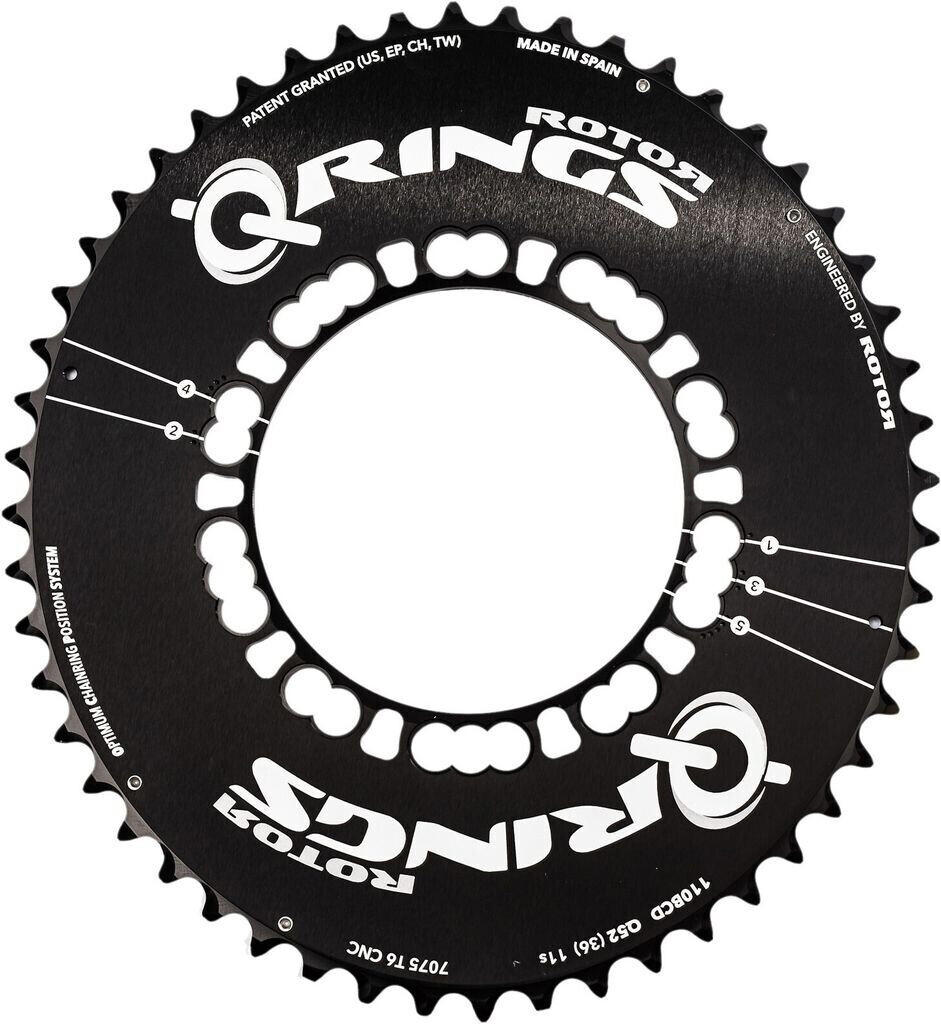
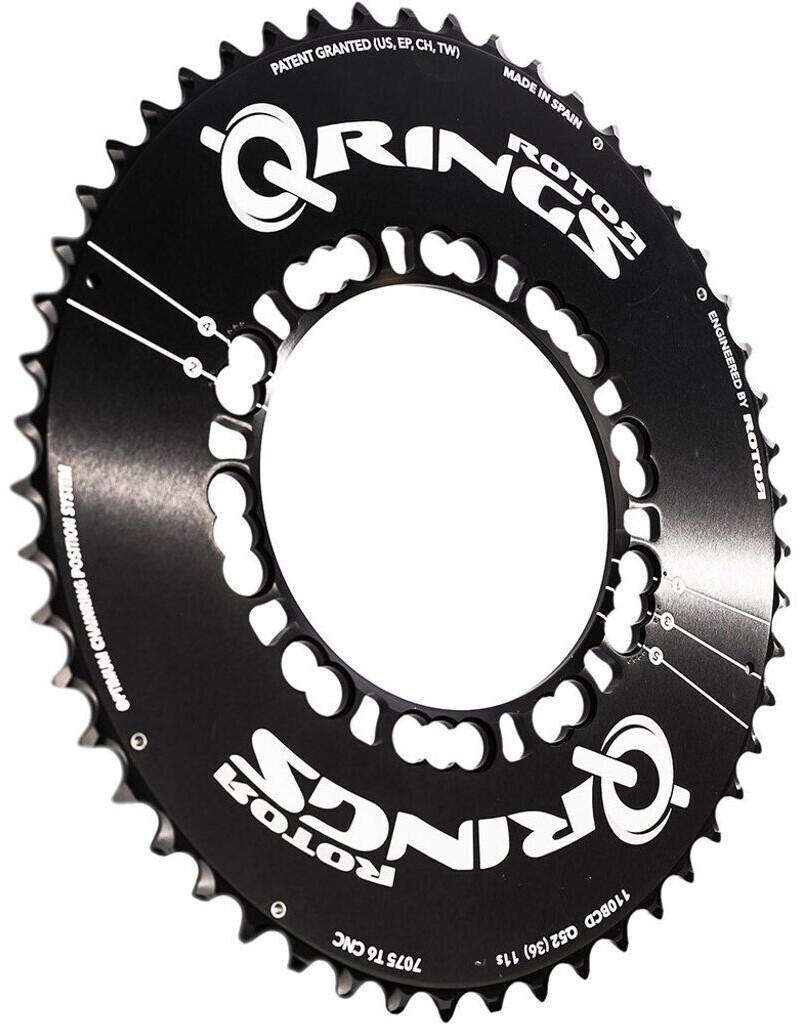
In the market, there are also other chainrings available that cater to specific needs such as gravel riding or track cycling. However, the focus here is on the shape (round vs. oval) as the primary factor to consider when choosing the best and right chain rings.
Tooth profile
The tooth profile determines how efficiently your chain engages with the chain rings and transfers power to the rear wheel. A quality tooth profile will retain the chain securely and ensure smooth shifting and pedaling performance.
In the market, you can find various tooth profiles to suit different riding preferences and conditions. For example, the Shimano HyperGlide tooth profile is designed for quick and smooth shifting, making it ideal for road cycling enthusiasts. Another tooth profile known as SRAM X-SYNC features strategically shaped teeth with alternating thickness to prevent chain drops in rough terrains, such as mountain biking. For high-powered e-bike riders, the e*thirteen EXAlite tooth profile provides superior chain retention and durability, perfect for intense off-road adventures. Remember to select a tooth profile that matches your riding style and performance needs.
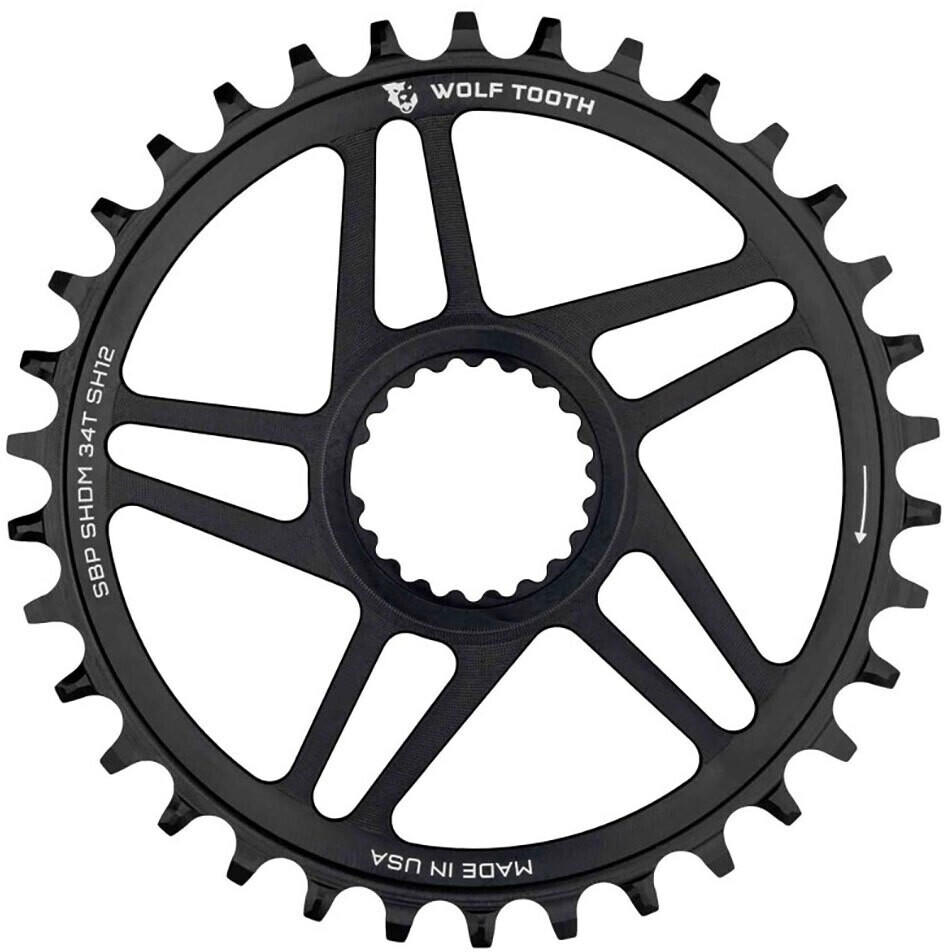
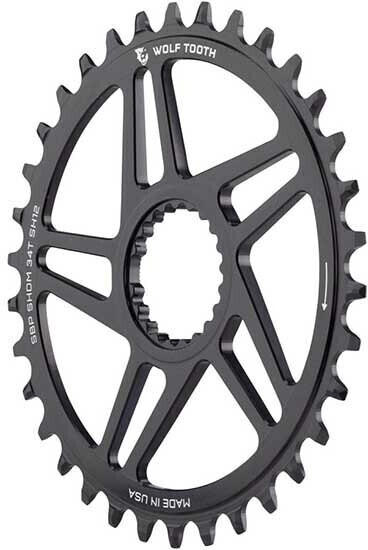
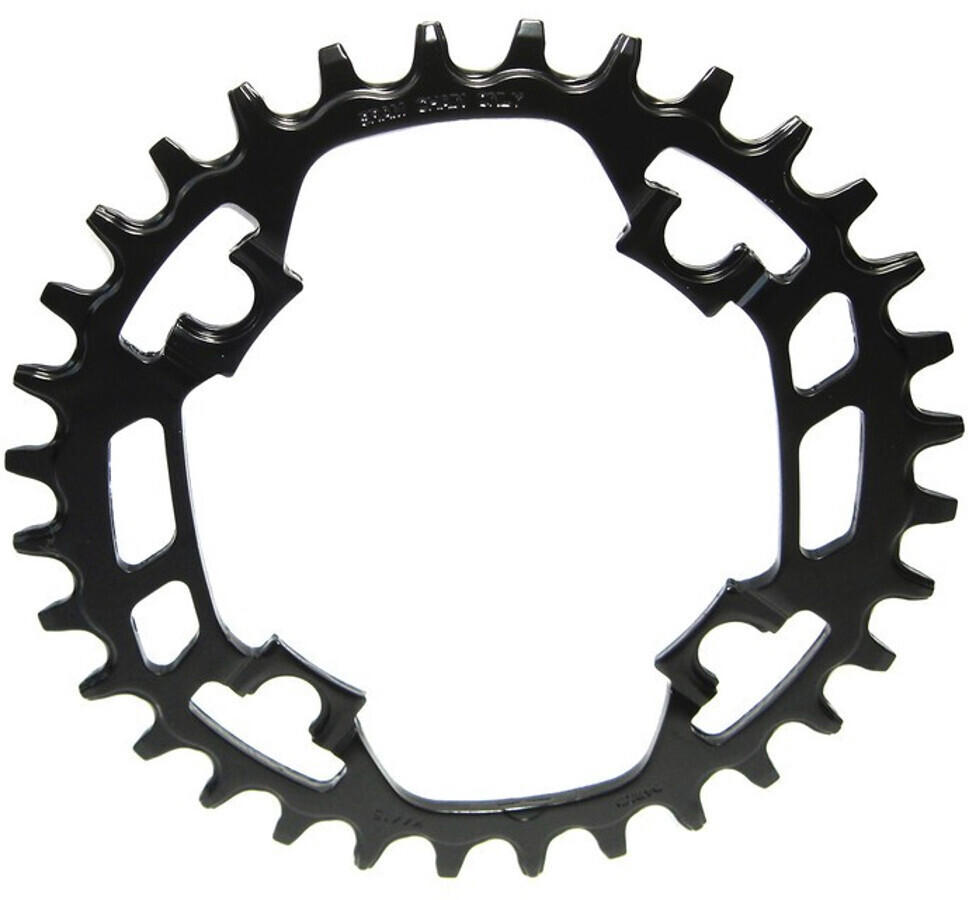
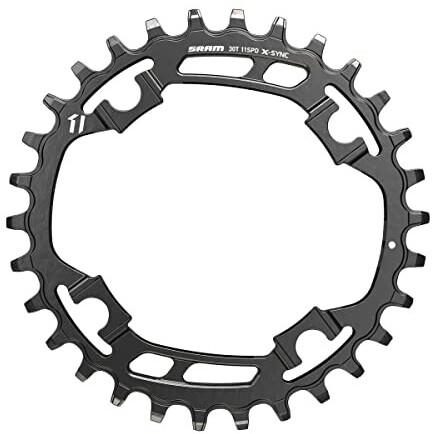
Chain retention features
These features help keep the chain securely in place, minimizing the risk of dropping or jumping off the chainring during vigorous rides or challenging terrains. One example of a chain ring with excellent chain retention features is the Race Face Narrow Wide Chain Ring. Built with alternating narrow and wide tooth profiles, this chain ring ensures a snug fit with the chain, significantly reducing the chances of chain drops. Another option is the Absolute Black Oval Chain Ring, which utilizes a unique narrow-wide tooth design combined with an elliptical shape. This design improves chain retention and provides better power transfer and smoother pedaling motion. Additionally, products such as the SRAM X-SYNC Chain Ring, featuring taller narrow-wide teeth profile, and the OneUp Components Switch Chainring, which offers alternating tooth thickness, are also worth considering for their superior chain retention capabilities.


Narrow-wide technology
This innovative technology ensures better chain retention by designing alternating narrow and wide teeth that fit perfectly with the inner and outer links of the chain. This prevents the chain from bouncing off and reduces the chances of chain drops even in rough terrain or aggressive riding. The XX1 Eagle Chain Ring from SRAM is a great example of this technology. It boasts a wide-narrow tooth design and is made from durable aluminum. Another option is the Shimano Deore XT M8000 Chainring, available in various sizes for maximum compatibility with different drivetrains. It utilizes a Dynamic Chain Engagement tooth profile with a narrow-wide pattern to maintain chain stability even on the most demanding trails.
Cadence range
Cadence refers to the rate at which a cyclist pedals. Finding chain rings that offer a suitable range for your preferred cadence is crucial for achieving an efficient and comfortable cycling experience.
For riders who prefer a higher cadence, usually above 90 revolutions per minute (RPM), chain rings with smaller tooth counts are more suitable. One example of such a chain ring is the Shimano Dura-Ace FC-R9100 52-36T Chainring Set. With 52 and 36 teeth options, this chain ring provides a suitable range for fast cadences. Another option is the Rotor Q Rings 53-39T Aero Road Chainring Set, designed to optimize power transfer and reduce fatigue during higher cadence riding.



For riders who prefer a lower cadence, typically below 80 RPM, larger tooth count chain rings would be more appropriate. The SRAM Red AXS XG-1290 48-35T Chainring Set offers a larger tooth count and is ideal for riders who prefer a slower pedal speed. Similarly, the FSA SL-K Modular MTB Chainring Set with tooth counts ranging from 34 to 24 teeth, allows riders to choose the configuration that best matches their desired lower cadence range.
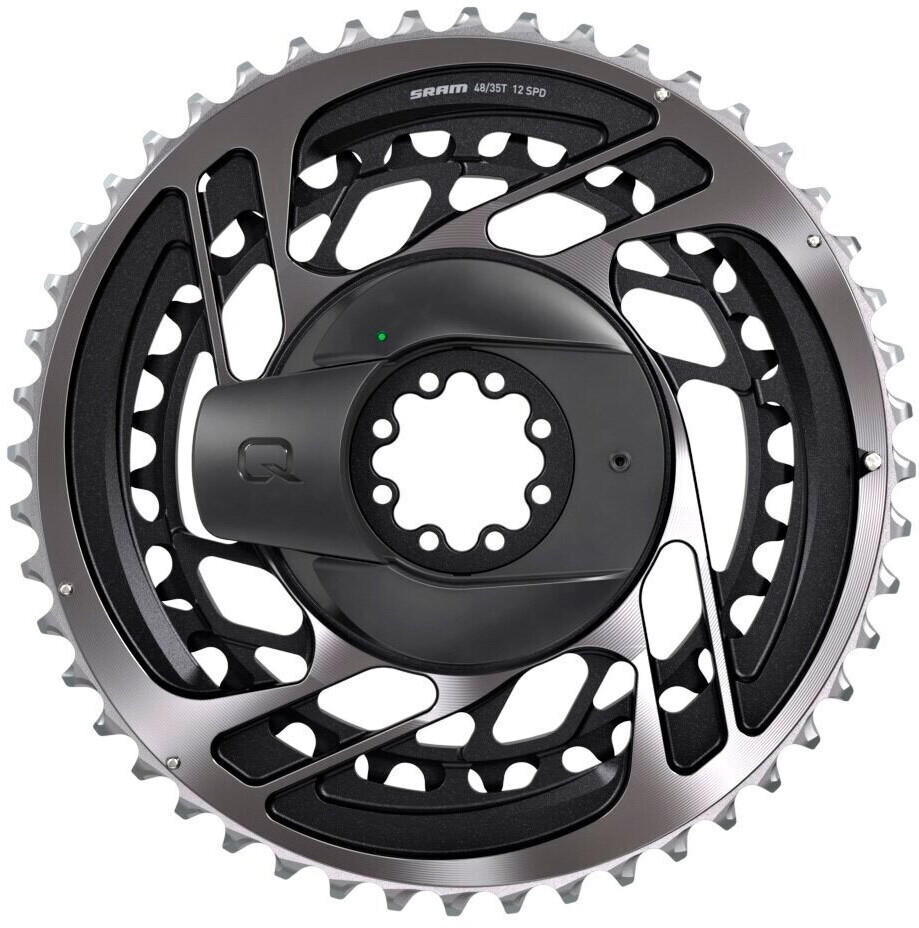
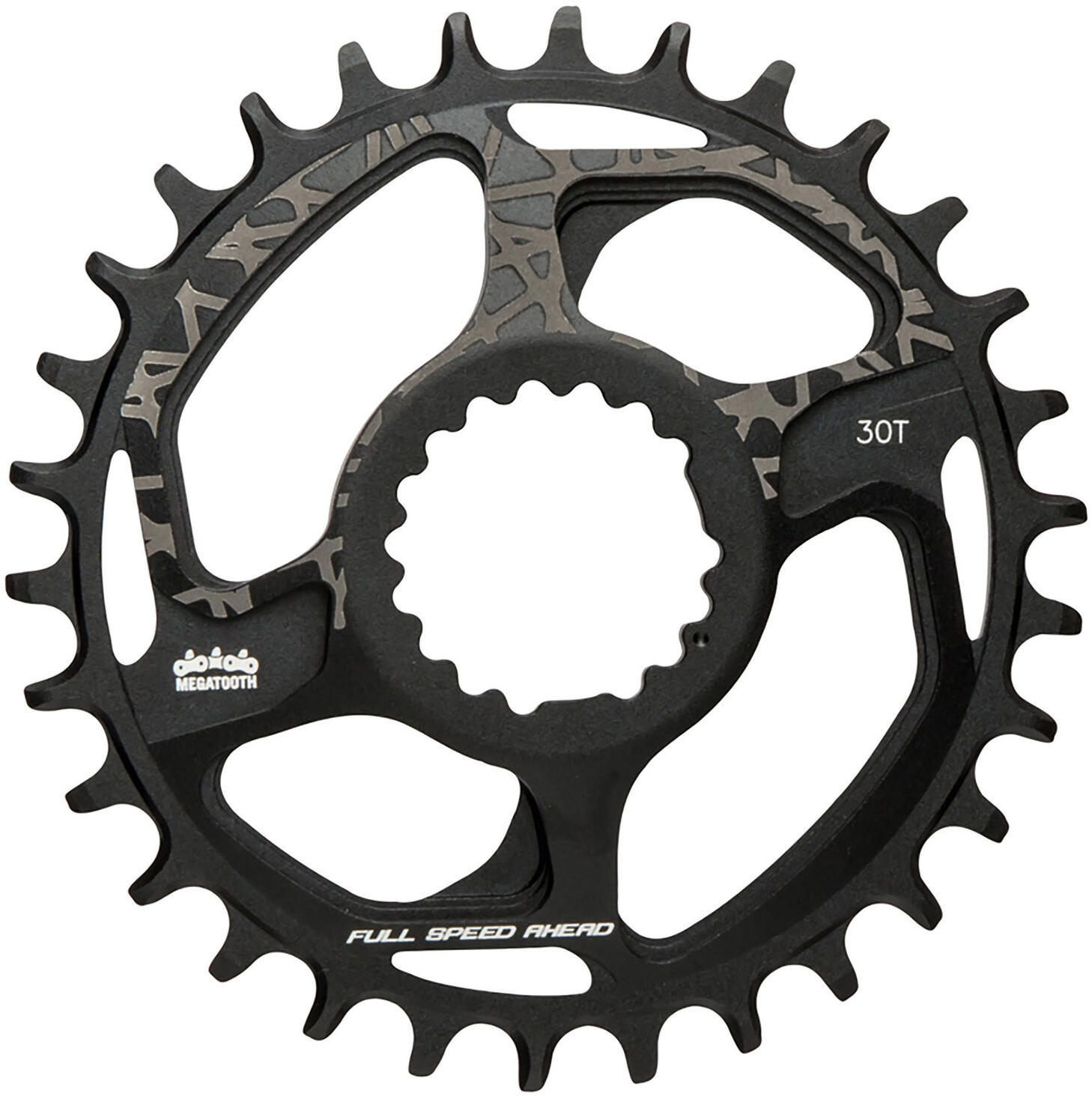
Gear ratios
A lower gear ratio indicates an easier pedaling experience, ideal for climbing hills or tackling rough terrain, while a higher gear ratio provides a faster speed on flat roads or downhill sections. One example of a chain ring that offers a wide range of gear ratios is the Shimano Ultegra FC-R8000. With available chain rings in sizes ranging from 34-53 teeth, this groupset allows riders to customize their gear ratios depending on their preferences and the nature of the terrain. Alternatively, for those looking for a compact option that sacrifices top-end speed for improved climbing performance, the SRAM Force 22 BB30 Compact offers smaller chain rings in sizes of 50-34 teeth. Catering to different riding styles and terrains, these products provide cyclists with versatile gear ratios to optimize their cycling experience.
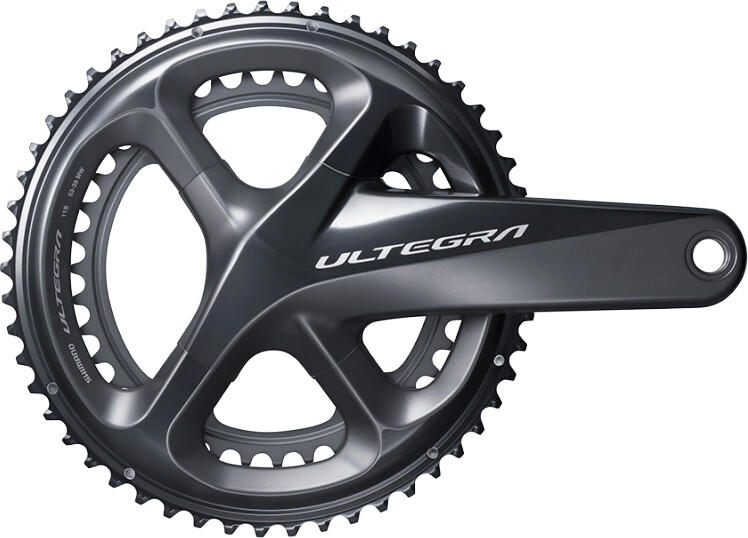
Shift quality
When choosing the best chain rings for your bike, one of the most important factors to consider is the shift quality. This refers to how well the chain smoothly moves between the gears without any skips, hesitations, or delays. Optimal shift quality ensures smooth transitions and efficient power transfer when shifting.
In the premium segment, Shimano Dura-Ace R9100 11-Speed Chain Rings stand out for their superb shift quality. Designed for road bike drivetrains, these chain rings feature a unique, asymmetrical tooth profile and improved shifting ramps that offer lightning-fast, precise, and reliable shifting. Additionally, the incorporation of Hollowglide technology reduces weight while maintaining stiffness for enhanced power transfer.
In the mid-range segment, SRAM Force eTap AXS Chain Rings are highly regarded for their shift quality. With a direct mount design, these chain rings provide excellent compatibility with SRAM's AXS system, resulting in smooth and accurate shifting performance. The consistent and reliable SRAM X-Range gearing ensures quick and effortless shifting across a wide range of gears.
For those on a budget, FSA Tempo Adventure Chain Rings are known for their solid shift quality at an affordable price point. These chain rings feature strategically spaced teeth, allowing smooth and precise shifting under load, while the optimized tooth profile enhances chain engagement for consistent shifting performance across various riding conditions.
By prioritizing shift quality and considering specific products like the ones mentioned above, you can ensure a seamless shifting experience and maximize the efficiency of your bike's drivetrain.

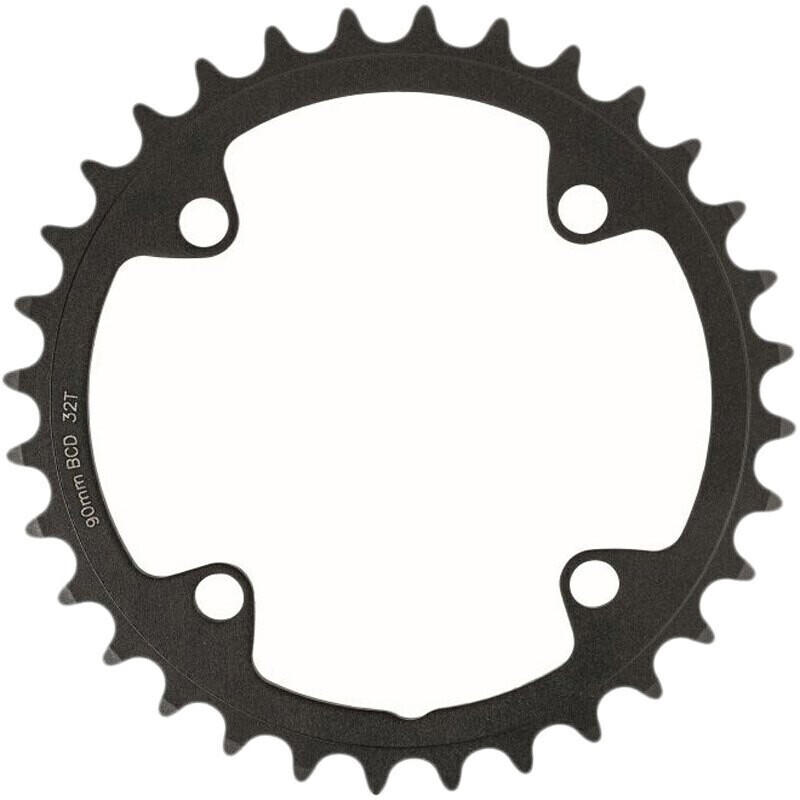
Chainring stiffness
The stiffness of a chain ring refers to its ability to resist flexing or bending under pressure. A stiffer chain ring ensures a more efficient power transfer from your pedal stroke to the rear wheel, resulting in improved performance and faster acceleration. For users seeking high stiffness chain rings, the Shimano Dura-Ace FC-9000 is an excellent choice. With a rigid outer chain ring made from aluminum alloy and an enhanced chain ring tooth profile, the FC-9000 delivers exceptional stiffness and power transfer. Another option to consider is the SRAM Red XG-1290 with its CNC-machined X-GlideR chain ring featuring a wide-tooth, narrow-tooth combination for improved chain retention and stiffness. Riders looking for even greater stiffness can consider upgrading to options such as the Campagnolo Super Record Chain Ring Set, which combines carbon fiber and aluminum construction for optimal rigidity and weight savings. These high-quality chain rings are ideal for riders seeking maximum power transfer and performance during their rides.


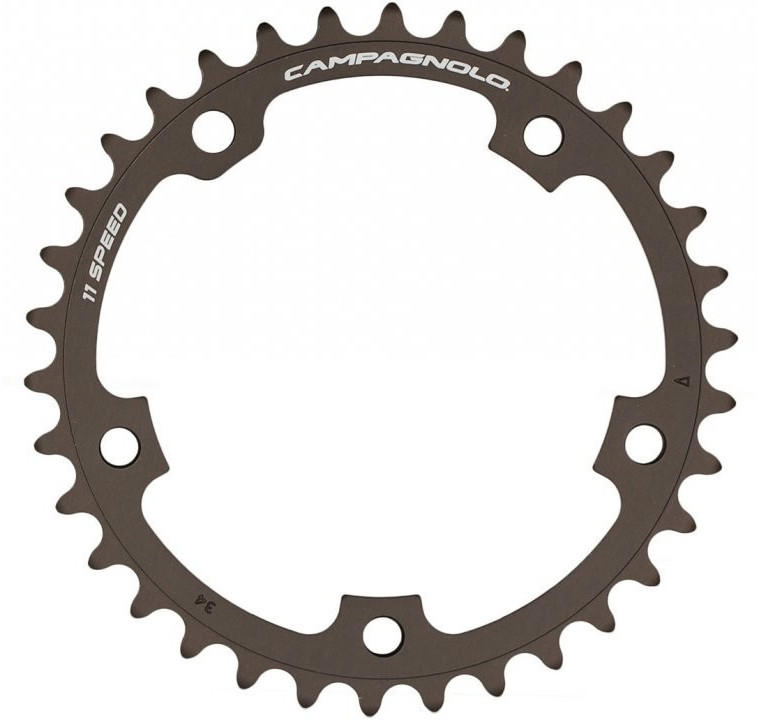
Resistance to wear
A durable chain ring will ensure longevity and reduce the need for frequent replacements. For instance, the 'Shimano Dura-Ace R9100 Chainring Set' offers exceptional durability thanks to its high-quality machined aluminum construction and advanced tooth profiling. Another noteworthy option is the 'SRAM Red X-GlideR Chainring', known for its long-lasting performance and precision-engineered tooth profiles, which reduce chain wear and enhance shifting accuracy. These products exemplify the ideal chain rings that resists wear and allows for extended use without compromising performance.
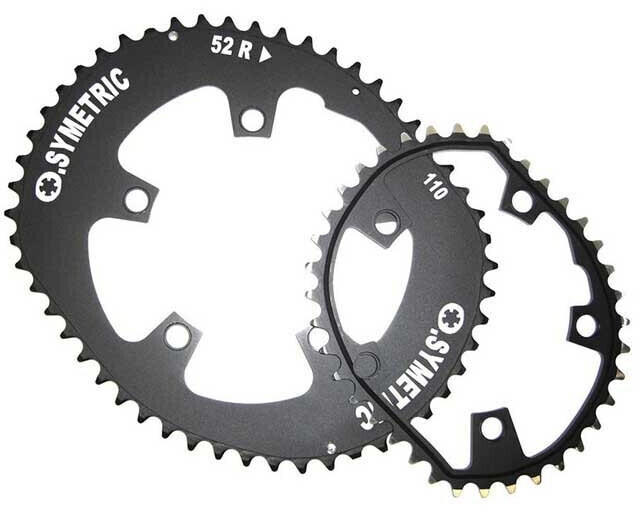
Durability
The longer a chain ring lasts, the more mileage you can get out of it before needing to replace it. When looking for durable chain rings, it's important to pay attention to the material used. For example, the Race Face Narrow Wide Chain Rings are made from durable 7075 aluminum, ensuring excellent longevity. Another great option is the Shimano XT M8000 Chainrings, which are constructed from a combination of aluminum and steel for added strength and durability. Additionally, both of these options feature a narrow-wide tooth profile, which provides better chain retention and reduces the chances of chain drops, further enhancing their longevity. Ultimately, investing in chain rings with high durability will not only save you money in the long run, but also deliver a more reliable riding experience.


Availability
It's crucial to ensure that the chain ring you want is easily available, whether it is through online retailers, local bike shops, or direct from the manufacturer. Some popular chain rings available in the market today include the Shimano Dura-Ace series, known for its excellent performance and durability, and the SRAM RED AXS chainrings that offer precise shifting and superior aerodynamics. These high-quality options can be found readily available from various retailers worldwide. Additionally, other brands like Campagnolo, Praxis Works, and Rotor Bike also offer a diverse range of chain rings that cater to different cycling disciplines such as road cycling, mountain biking, and gravel riding.
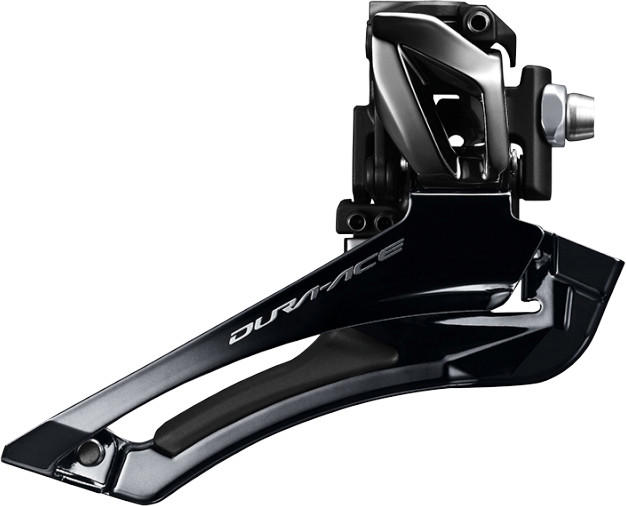
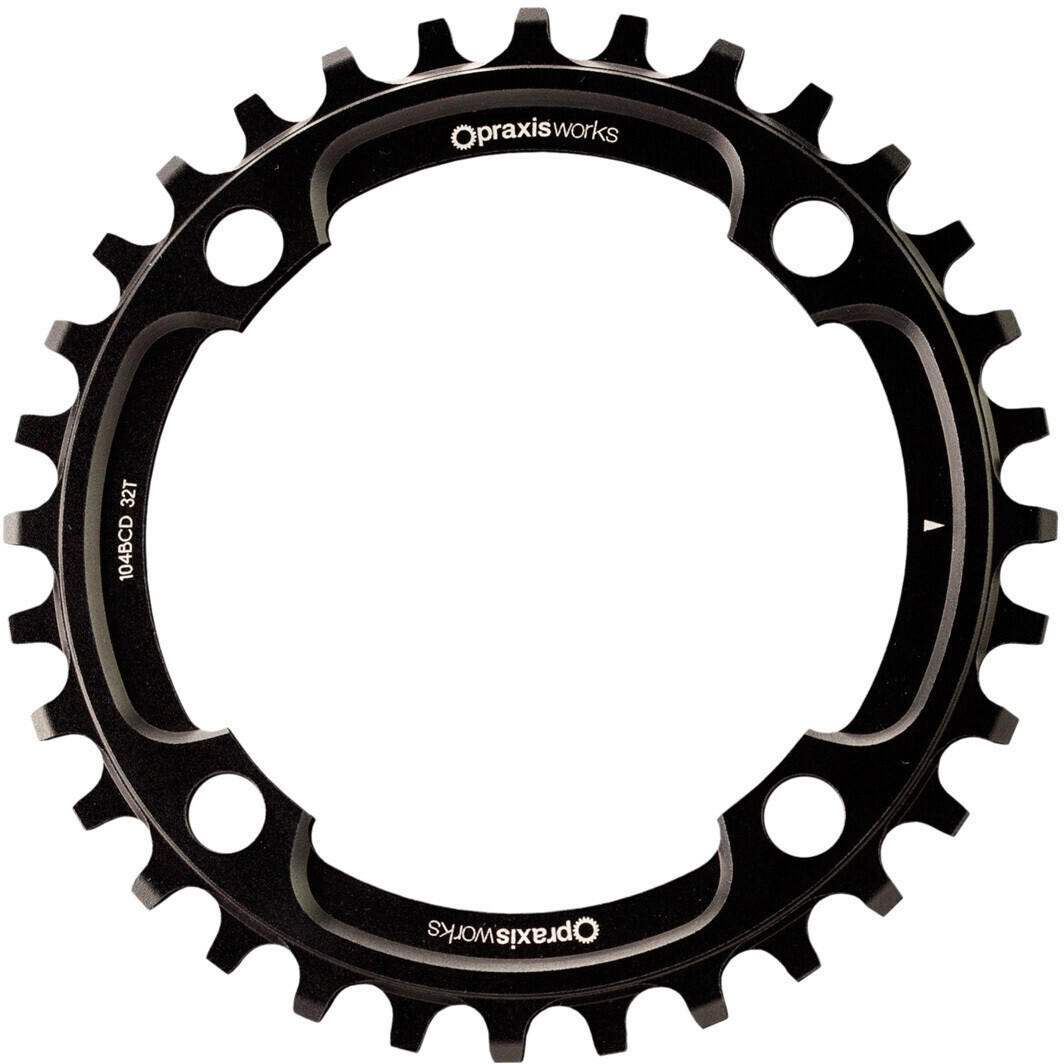
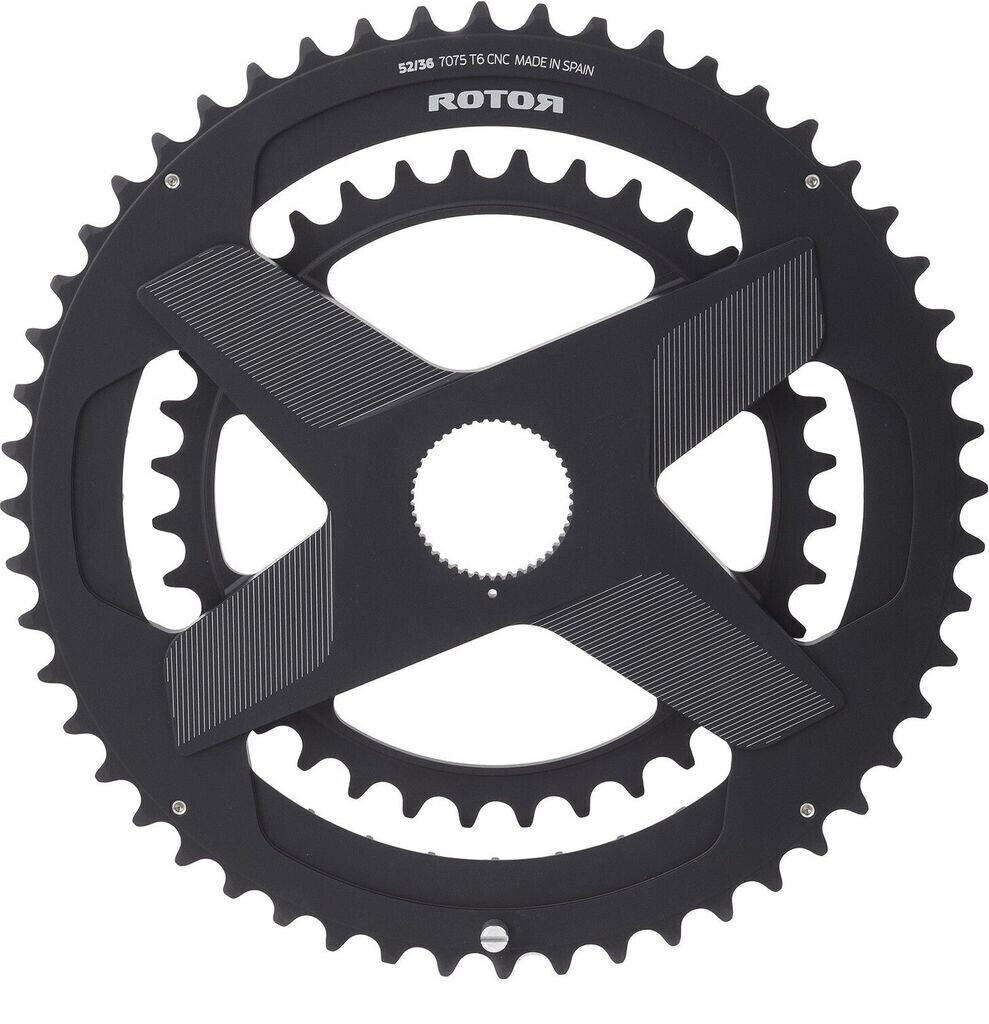
Installation ease
Some chain rings are designed to be easily installed and require minimal tools. For example, the Shimano Dura-Ace FC-R9200 Chain Ring features a direct-mount design, making it effortless to install and remove. Another great option is the SRAM Red XG-1290 Chain Ring, which is compatible with a wide range of cranksets and can be easily installed with a standard crankset tool.
There are also chain rings that offer even greater installation simplicity, such as the Rotor Q-Ring Aero Road Chain Ring. This chain ring utilizes a patented OCP system that allows easy adjustment of the optimal chain ring position for a smoother installation experience. Another option is the Praxis Works Zayante Carbon M30 Road Chain Ring, featuring a proprietary design that enables hassle-free installation on Praxis M30 PF30 or BB30 cranksets. Overall, when considering your chain ring options, it's essential to choose one that offers a straightforward and uncomplicated installation process for a hassle-free experience.


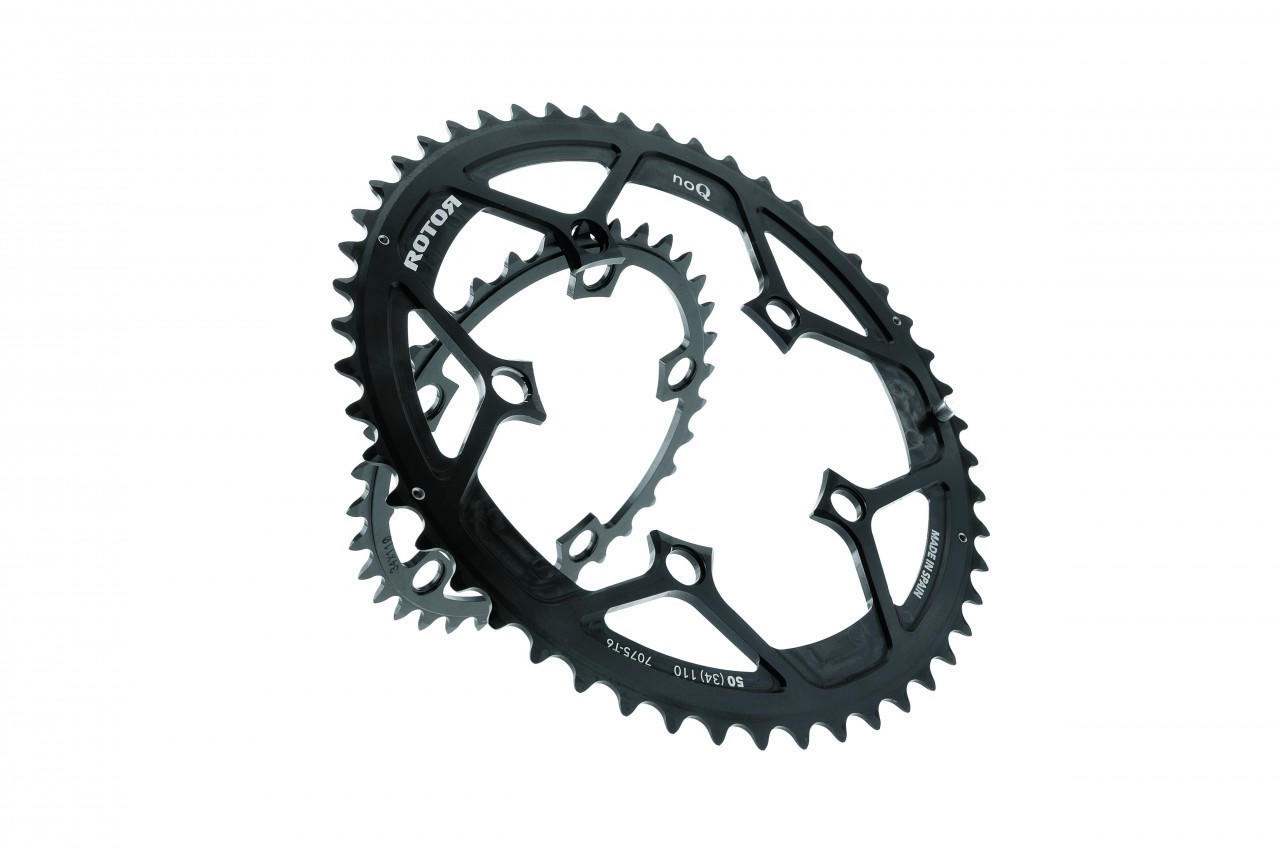
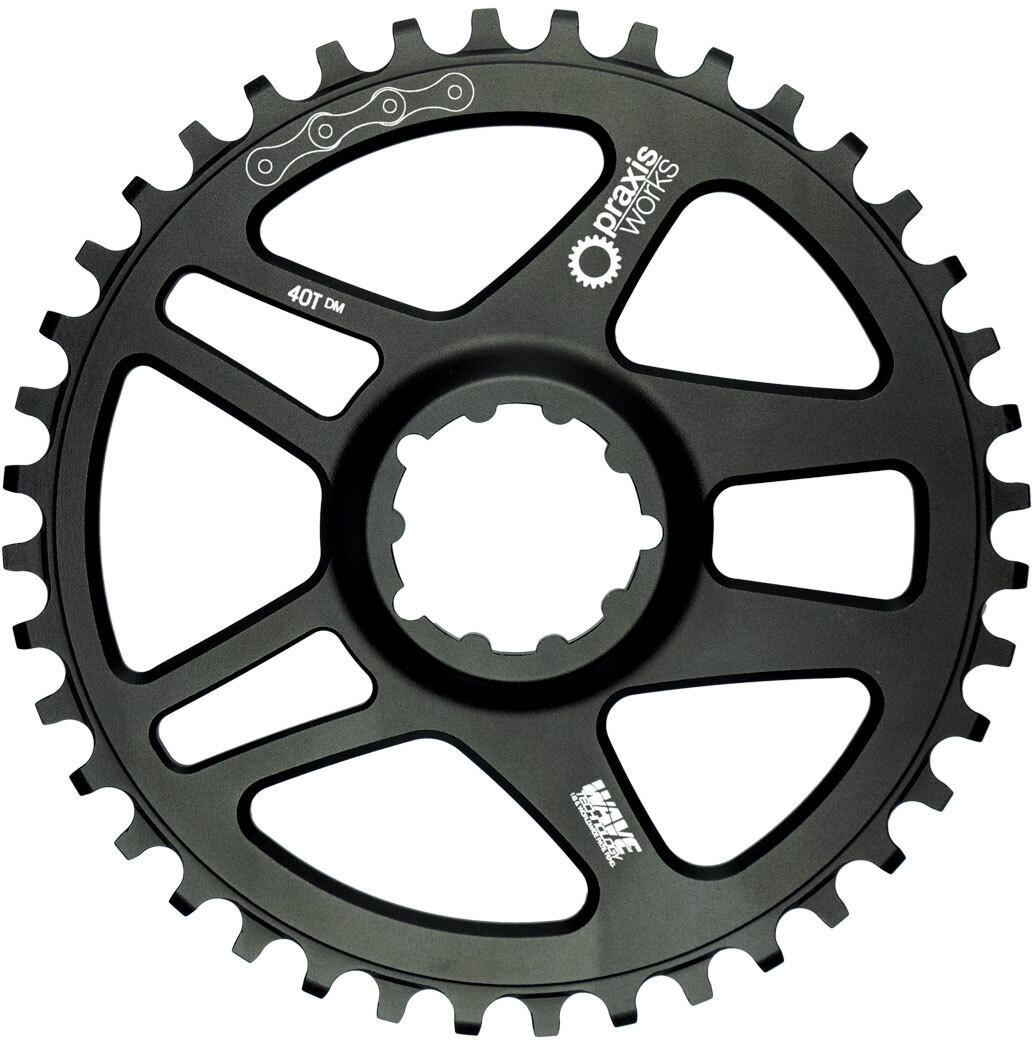
Maintenance requirements
Some chain rings require regular cleaning and lubrication to ensure smooth operation and longevity. For example, the 'Shimano Dura-Ace FC-R9100' chain rings are known for their high-performance and durability, but they need routine cleaning and proper lubrication to maintain optimal performance. Another option is the 'SRAM RED AXS' chain rings, which are known for their precision and shifting performance, but they also require regular maintenance to prevent wear and tear.
In terms of maintenance, there are a few different segments of chain rings available on the market. The first segment includes entry-level chain rings designed for beginners or casual riders who prioritize affordability. Some products in this segment include the 'FSA Tempo Compact' and the 'Praxis Works Zayante', which offer decent performance and wear-resistant construction, but may require more frequent maintenance. The second segment comprises mid-range options that balance performance and maintenance requirements. The 'Rotor 3D30' and the 'Campagnolo Potenza 11' fall within this category, offering good durability and reliability with moderate maintenance needs. Finally, the high-end segment includes products like the 'SRAM RED AXS' and the 'Shimano Dura-Ace FC-R9100', which provide exceptional performance but require meticulous maintenance to ensure peak functioning.

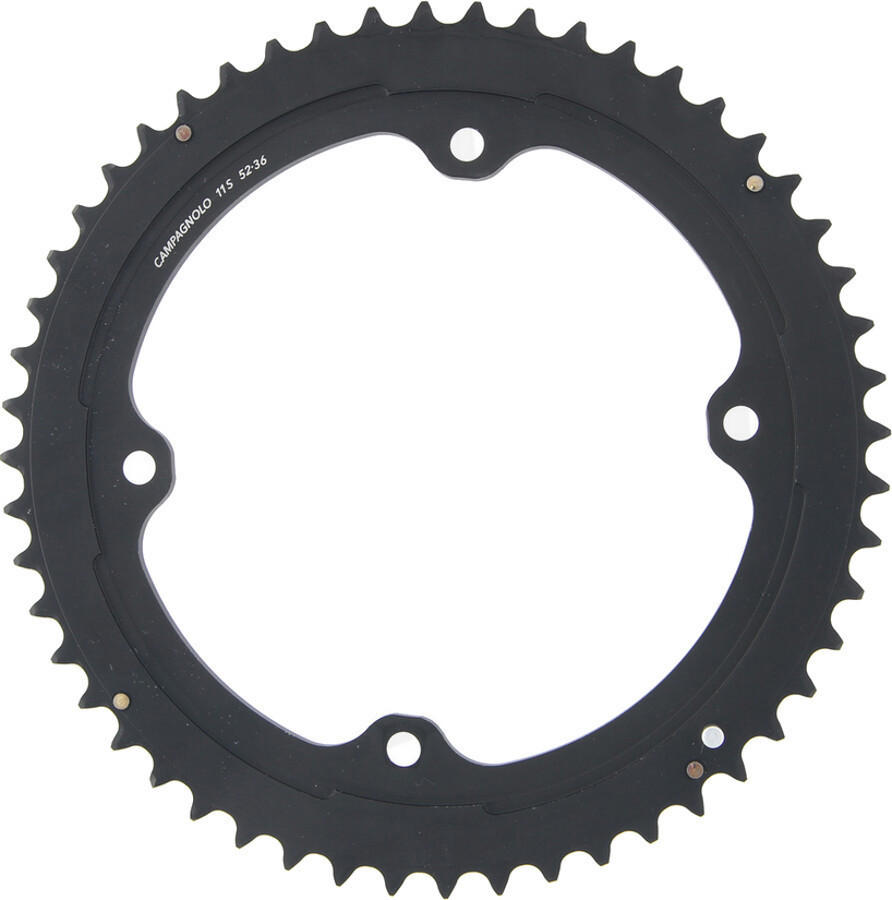
Compatibility with crankset
It is important to ensure that the chain rings you choose are made to work seamlessly with your specific crankset. Some cranksets are designed with certain specifications that might limit the compatibility with certain chain rings. When considering compatibility, pay attention to the number of chainring teeth, bolt circle diameter (BCD), and the crankset model.
For Shimano cranksets, the Shimano 105 FC-R7000 2x11 Speed Crankset is a great option, providing smooth shifting and excellent compatibility with a variety of chain rings. Another compatible option is the FSA Gossamer ABS Adventure Crankset, which is designed for smooth and reliable performance on your adventure bike with a wider range of gearing.
When looking for compatibility with SRAM cranksets, the SRAM Force CX1 X-SYNC 11-speed Crankset is a top choice. It offers excellent compatibility with SRAM's 1x drivetrain and features a unique tooth profile for maximum chain retention. Alternatively, the SRAM Rival 22 11-speed YAW Crankset is a versatile option that offers exceptional compatibility for road and cyclocross bikes, ensuring reliable shifting performance.


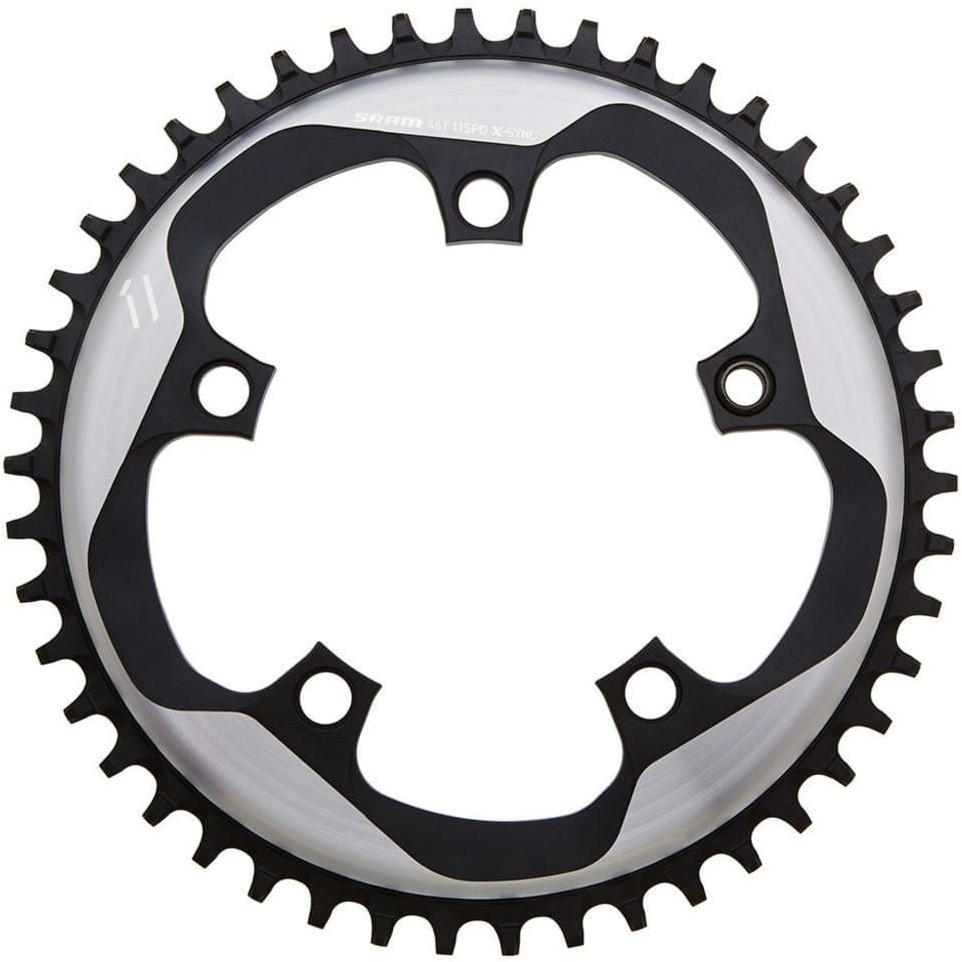

In conclusion, ensuring compatibility between your chain rings and crankset is crucial for optimal performance. Remember to consider factors such as the number of teeth, BCD, and crankset model when selecting the best and right chain rings for your bike.
Usage (road biking, mountain biking, etc.)
For road biking, where speed and smooth riding are key, it is recommended to go for chain rings that prioritize high-end performance and lightweight construction. One popular product is the Shimano Dura-Ace FC-R9100, a premium road chain ring that features Hollowtech II construction for enhanced stiffness and power transfer. Another option is the SRAM Red AXS Power Meter Chainring, which not only offers exceptional lightweight design but also includes integrated power meter capabilities.
On the other hand, for mountain biking enthusiasts, durability and reliable shifting on rough terrains are crucial. Look for chain rings that are designed specifically for off-road riding, such as the Race Face Narrow Wide MTB Chainring. This chain ring incorporates a narrow-wide tooth profile to ensure chain retention is dependable on demanding trails. Another popular choice is the Wolf Tooth Components Drop-Stop Chainring known for its exceptional performance in preventing chain drops and providing reliable shifting in challenging mountain biking conditions. Remember to choose a chain ring suitable for your specific biking style to enhance your riding experience and maximize performance.


Riding style (casual, racing, etc.)
Different riding styles require different types of chain rings to optimize performance. For casual riders who enjoy leisurely rides and want an easy and efficient pedal, a narrow wide chain ring like the 'Shimano SLX M7000 1x11 Speed Chainring' would be a suitable choice. This chain ring features a narrow-wide design that enhances chain retention, reducing the risk of chain drops. It also has a tooth profile optimized for quiet, smooth, and reliable performance.
For racing enthusiasts seeking maximum speed and efficiency, a high-performance chain ring like 'SRAM Red AXS Aero Power Chainring' would be beneficial. This chain ring is designed with advanced aerodynamics in mind, minimizing drag and optimizing power transfer. With its integrated power meter for accurate performance tracking and lightweight aluminum construction, this chain ring delivers exceptional speed and efficiency.
Additionally, the market offers a variety of chain rings that cater specifically to different riding styles. For example, endurance riders may prefer the 'Praxis Works Alba Road Chainrings', known for their durability and smooth shifting performance. Those interested in gravel or off-road adventures might find the ruggedness and versatility of the 'Race Face Narrow Wide Single Chainring' appealing. These chain rings, along with many others available, cater to specific riding styles, ensuring riders can choose the best and right chain ring for their individual needs.
Terrain suitability
Different terrains require different gear ratios for optimal performance. For hilly and mountainous terrains where climbing steep inclines is common, it is recommended to choose chain rings with larger tooth counts, such as Shimano XT FC-M8000 1x11 Speed Mountain Bike Crankset with a 34T or SRAM GX Eagle DUB Boost with a 32T. These larger chain rings provide a wide range of gears to tackle the demanding gradients of such terrains, allowing you to maintain a comfortable cadence. On the other hand, if you primarily ride on flat or rolling terrains, you might prefer chain rings with smaller tooth counts, such as Shimano 105 FC-R7000 Compact Road Bike Crankset with a 50/34T or Campagnolo Centaur 11-Speed Crankset with a 52/36T, enabling you to maintain higher speeds and efficiency on less challenging terrains.
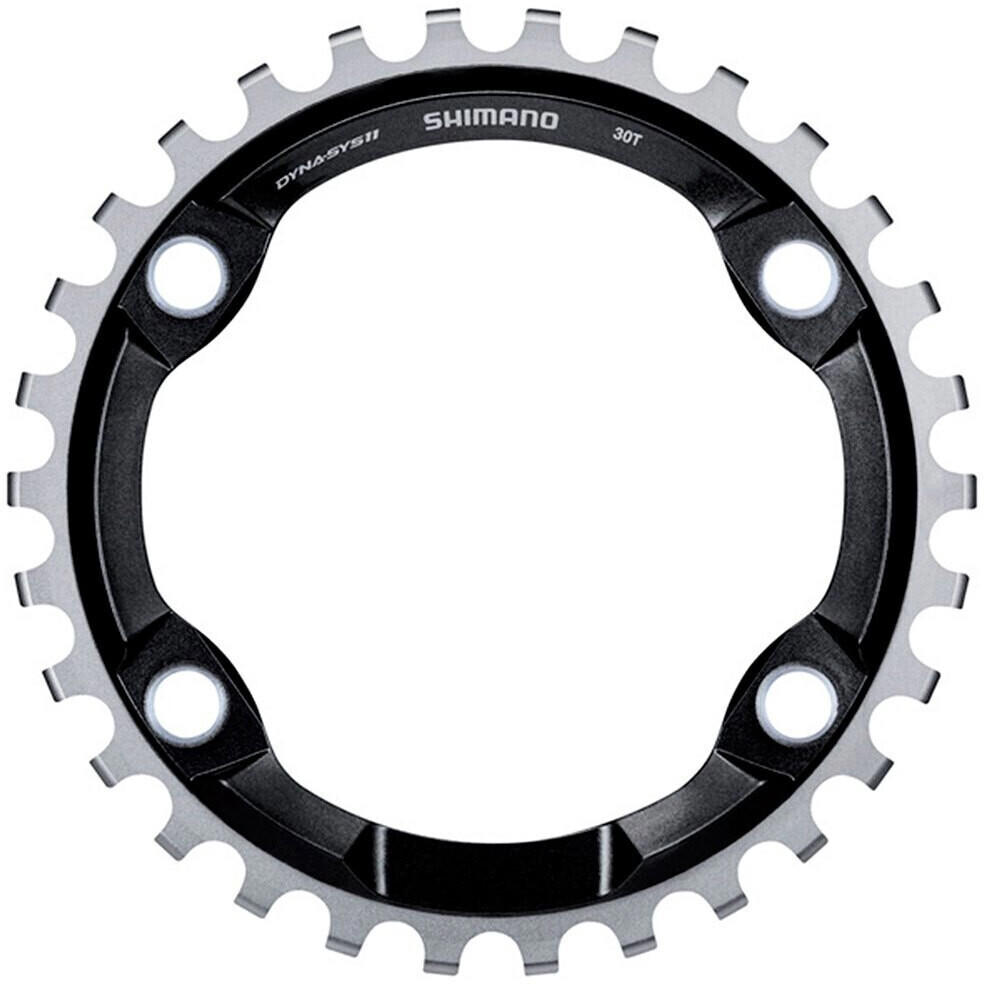
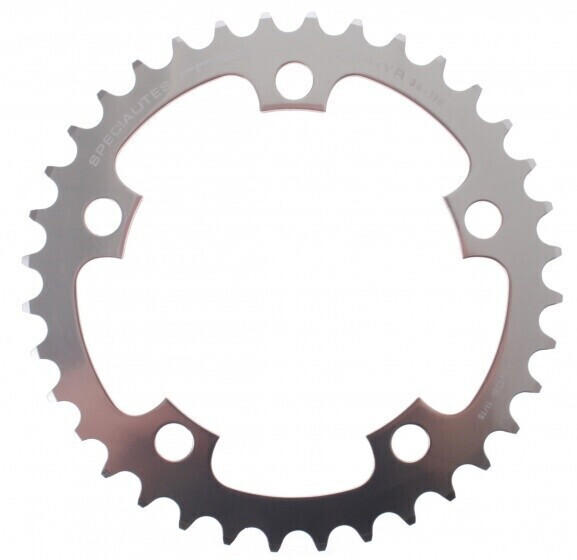
Weather resistance
There are certain products on the market that offer outstanding weather resistance to ensure your chain rings perform well even in adverse conditions. One such product is the Shimano Dura-Ace R9100 Chainring. Made from durable and corrosion-resistant aluminum, this chain ring is designed to withstand harsh weather conditions including rain, humidity, and mud. It also features Shimano's proprietary Fluid Drive Plus technology, which prevents water and dirt from compromising the smooth operation of the chain ring, ensuring reliable performance in any weather.
Another product to consider for its exceptional weather resistance is the SRAM Red XG-1290 Powerdome Road Bike Cassette. Although not specifically a chain ring, the cassette is an equally important component to consider as it plays a crucial role in the operation of your chain rings. The SRAM Red XG-1290 Powerdome cassette is constructed with a one-piece machined steel design, providing excellent durability and resistance to corrosive elements. With its innovative X-glide R technology, this cassette ensures precise and quick shifting even in wet and muddy conditions, making it a top choice for riders looking for reliable weather-resistant performance.
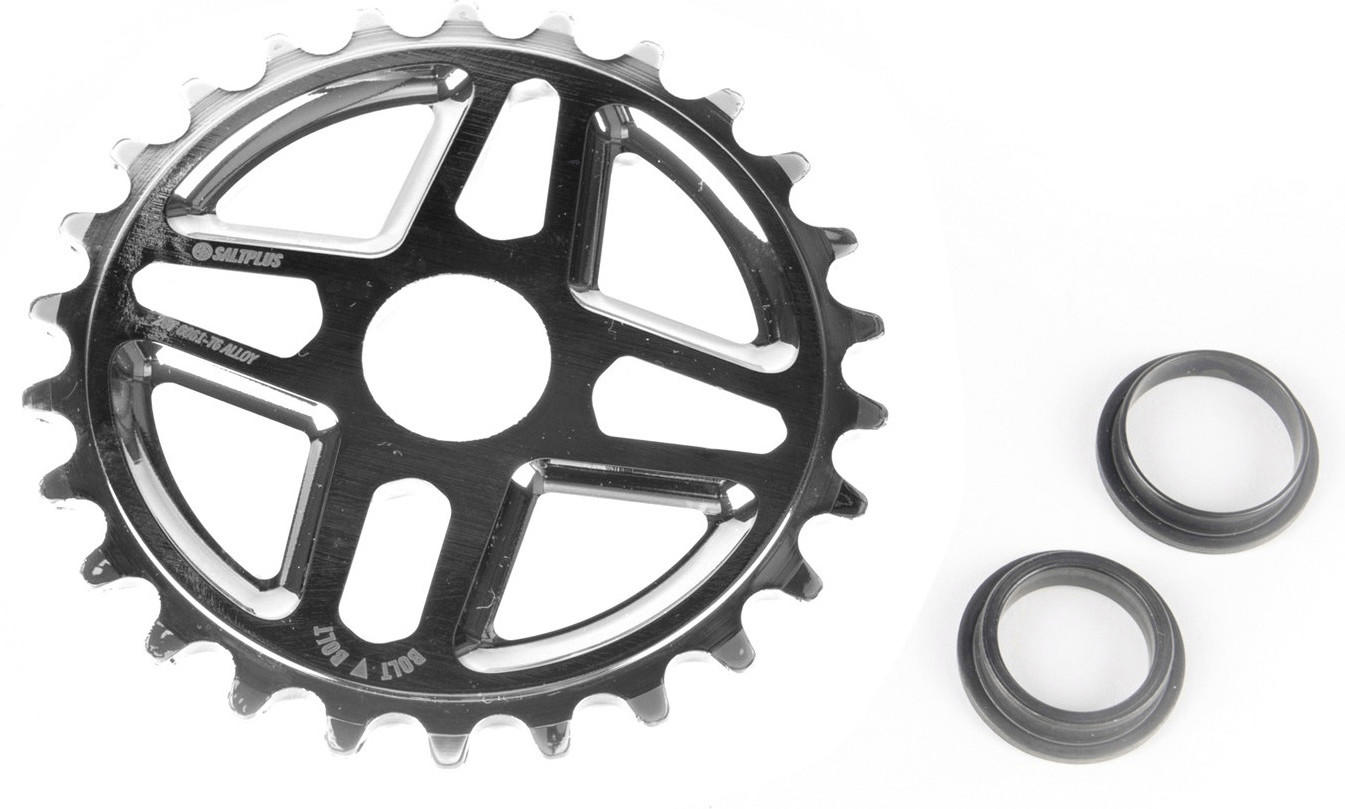
Chain guard availability
Chain guards are an essential accessory that helps protect your chain and keep it running smoothly. They prevent the chain from rubbing against the frame, reducing the risk of damage and improving overall performance.
There is a wide range of chain guards available on the market, varying in design and compatibility. Some popular options include the Kuat Chain Shield, which is made from durable nylon material and is designed to fit most standard chain rings. Another excellent option is the Lizard Skins Chainstay Protector, which is a neoprene guard that provides reliable protection for your chain. It is important to choose a chain guard that is compatible with your bike's chain ring size and design to ensure a proper fit. Make sure to check the specifications of the product and consult your bike's manual if needed.
Power meter compatibility
One excellent option to consider is the Garmin Vector 3 Dual-Sensing Pedals, which not only provide power measurement but also feature a dual-sensing system that measures cadence and complete force directionality. These pedals are compatible with both Shimano and LOOK stack height cranksets and provide accurate and reliable power data.
Another popular choice is the SRAM Force AXS Power Meter Crankset, which incorporates power meter technology directly into the crankset. This crankset features a Bluetooth connection that allows for wireless firmware updates and easy data transfer to fitness applications. With its DUB bottom bracket compatibility, integrated power measurement, and exceptional accuracy, the SRAM Force AXS Power Meter Crankset is an excellent choice for riders looking for superior power meter compatibility.
Compatibility with derailleur
The chain rings must be compatible with the specific type and model of derailleur you are using on your bike. Some common types of derailleurs include Shimano, SRAM, and Campagnolo.
For Shimano derailleurs, it is important to ensure that the chain rings you choose are designed to work with Shimano's HyperGlide technology. A great option for Shimano derailleurs is the Shimano Ultegra R8000 Chain Rings. These chain rings are specifically designed for use with the Shimano Ultegra R8000 derailleur, offering smooth and precise shifting performance.
For SRAM derailleurs, you'll want to look for chain rings that are optimized for X-SYNC technology. The SRAM X-SYNC Chain Rings are a fantastic choice for SRAM derailleurs, as they feature a tall square-tooth profile that provides excellent chain retention and mud-shedding capabilities.
Lastly, for Campagnolo derailleurs, consider chain rings that are compatible with Campagnolo's Ultra-Drive design. The Campagnolo Veloce 10-Speed Chain Rings are ideal for Campagnolo derailleurs, offering reliable and smooth shifting performance.


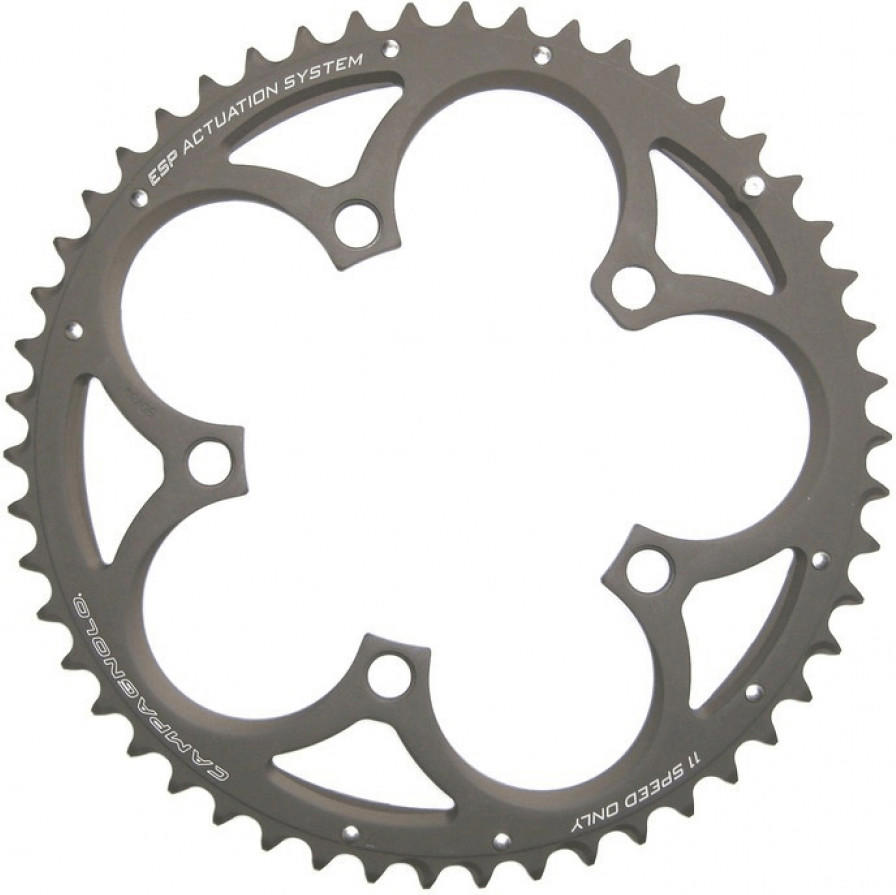
By ensuring compatibility between your chain rings and derailleur, you can optimize your bike's performance and enjoy seamless shifting on your rides.
Proven performance in competitive cycling
Look for products that have a track record of delivering superior performance in professional races and events. One such example is the Shimano Dura-Ace R9100 Chainrings, which have been praised for their exceptional stiffness, efficiency, and seamless shifting. These chain rings are designed to optimize power transfer and ensure smooth pedaling, giving competitive cyclists an edge in races. Another option to consider is the SRAM Red 12-Speed Aero Chainrings, known for their aerodynamic design that reduces wind drag and enhances overall speed on the racecourse. With lightweight construction and advanced tooth profiling, these chain rings are built to deliver maximum performance for competitive cyclists. Remember to choose chain rings that are compatible with your bike's drivetrain, and consider factors such as tooth count and gearing options to suit your specific cycling discipline.
Price
Some riders may have a tight budget and need to find a cost-effective option that still offers quality and performance. One such option is the SHIMANO Deore XT M8000 chain ring. This chain ring is made from cold-forged aluminum alloy, which provides durability while minimizing weight. It is also compatible with 1x11 and 2x11 drivetrains, making it versatile for different setups. Another budget-friendly choice is the RaceFace Narrow Wide chain ring. It features a narrow-wide tooth profile that helps prevent chain drops and offers excellent chain retention. With various sizes available and compatibility with 9, 10, 11, and 12-speed drivetrains, it can fit a wide range of bikes without breaking the bank.

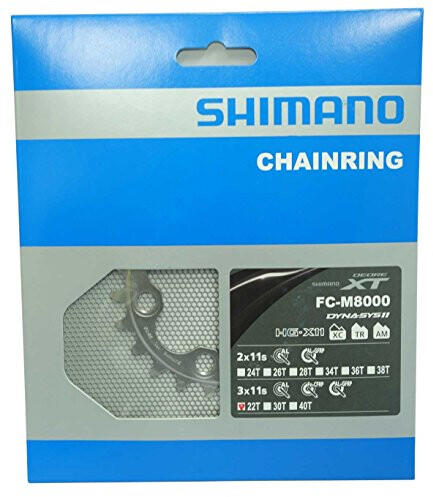


Variety of brands
Each brand offers its own unique features, materials, and prices. One popular brand that stands out is Shimano, known for its high-quality and durable chain rings. Shimano offers a wide range of products, including their Dura-Ace line known for its lightweight construction and excellent shifting performance. Another reputable brand is SRAM, which offers chain rings loved by cyclists for their durability and affordability. Their Red AXS line is particularly known for its cutting-edge technology and accurate shifting. Additionally, Rotor is a brand that specializes in oval chain rings, designed to optimize power transfer and efficiency during pedaling. Rotor’s Q Rings are highly recommended by many athletes for reducing muscular fatigue and improving performance.
It's worth mentioning that each of these brands have their own pros and cons. Shimano chain rings are highly reliable and provide smooth shifting, however, they tend to be on the pricier side. On the other hand, SRAM chain rings offer great value for money, but some users have reported slightly slower shifting compared to Shimano. Rotor's oval chain rings may take some time to adjust to for inexperienced riders due to their different design.
In summary, the variety of brands in the market offers cyclists a wide range of options when selecting chain rings. Each brand has its own strengths and weaknesses, so it is essential to consider factors such as cost, features, and shifting performance when making a decision.